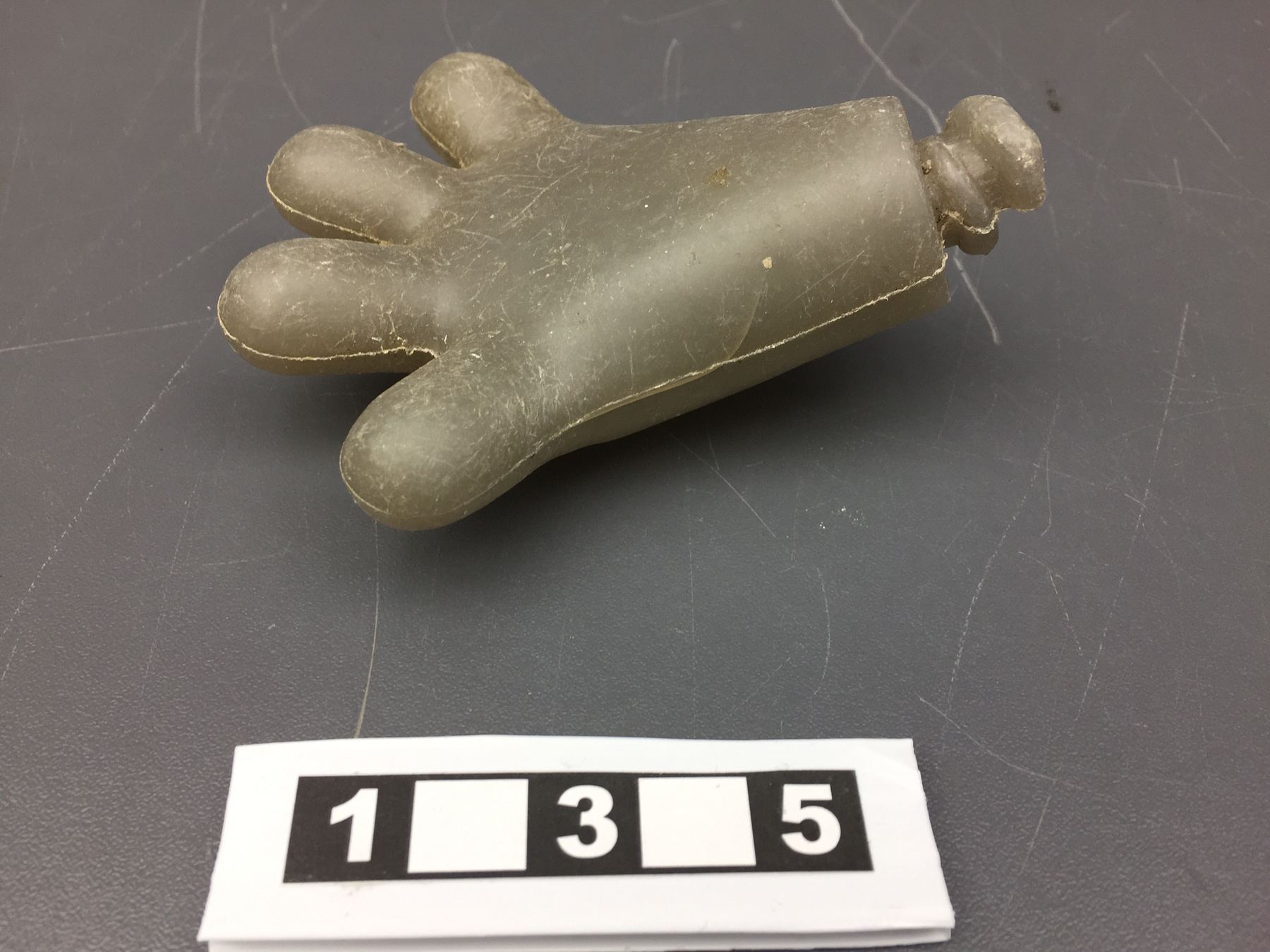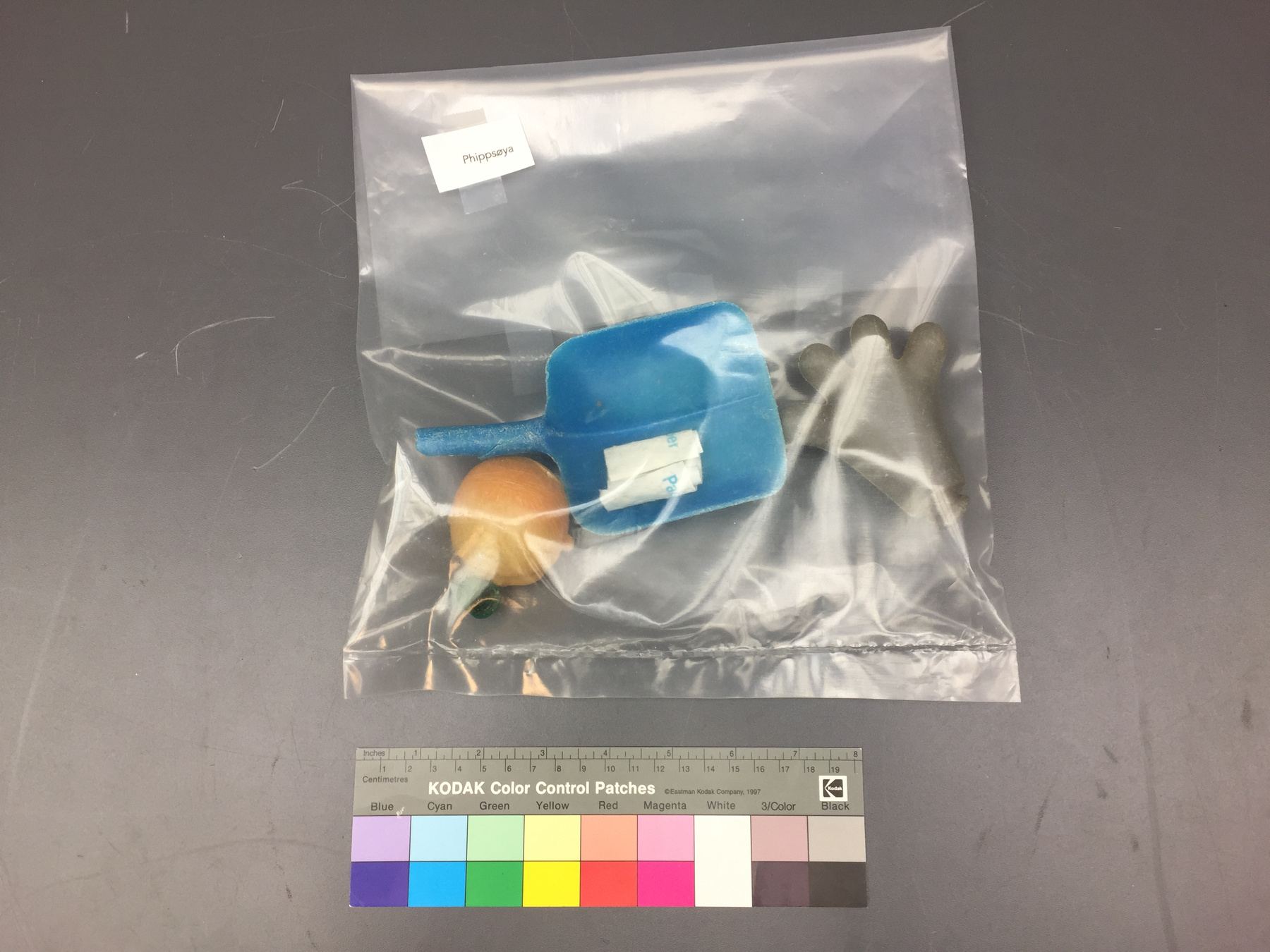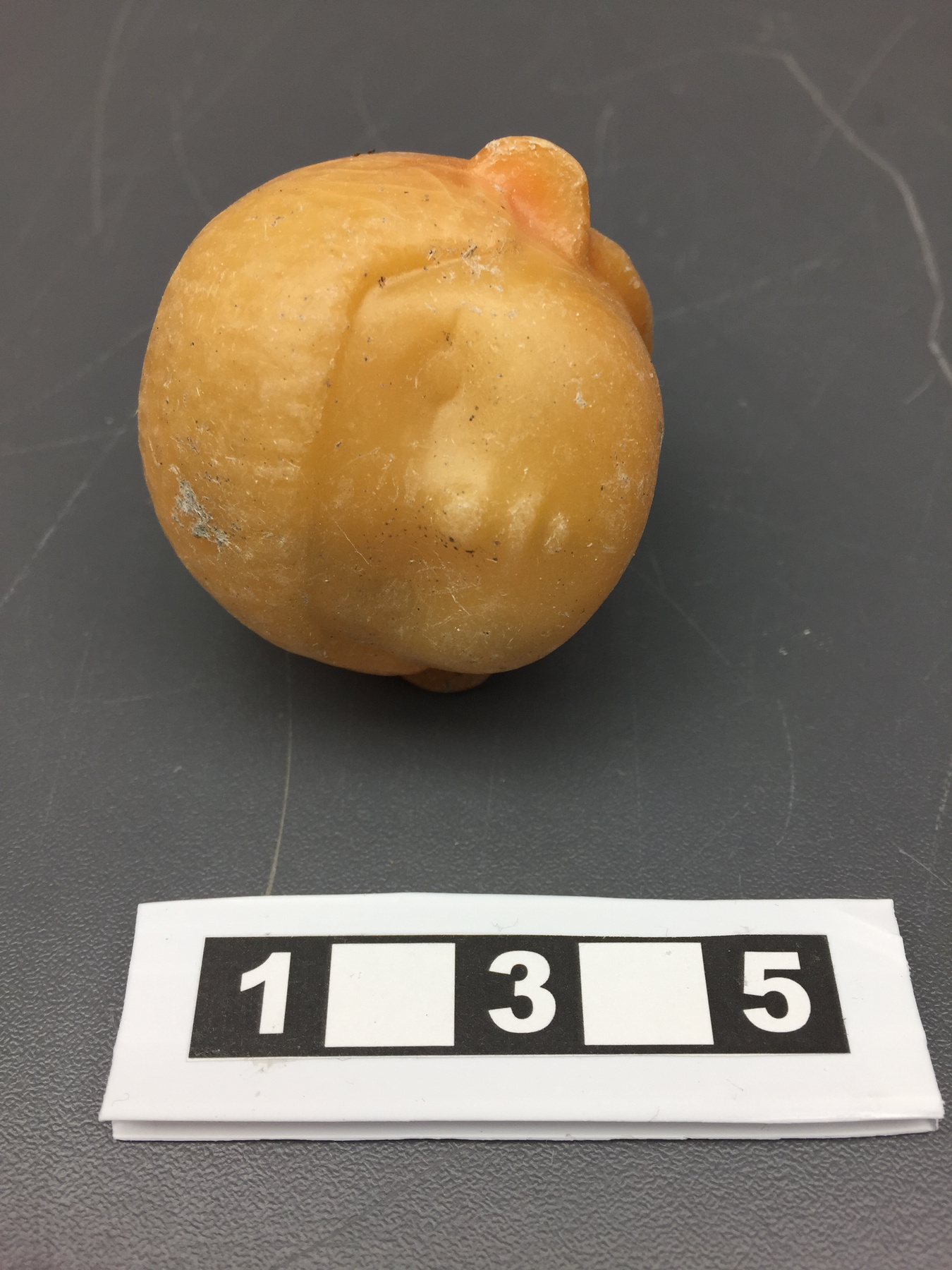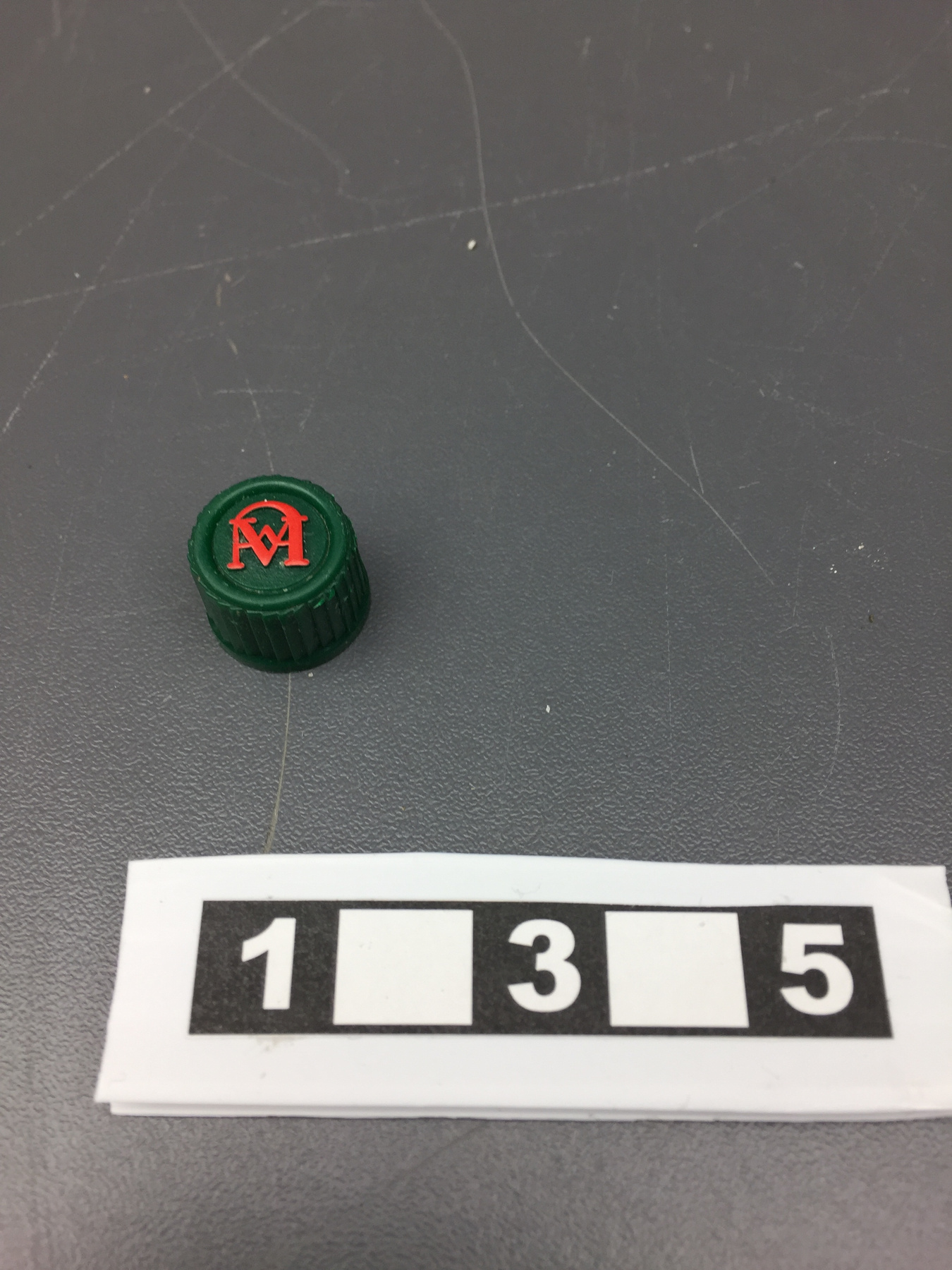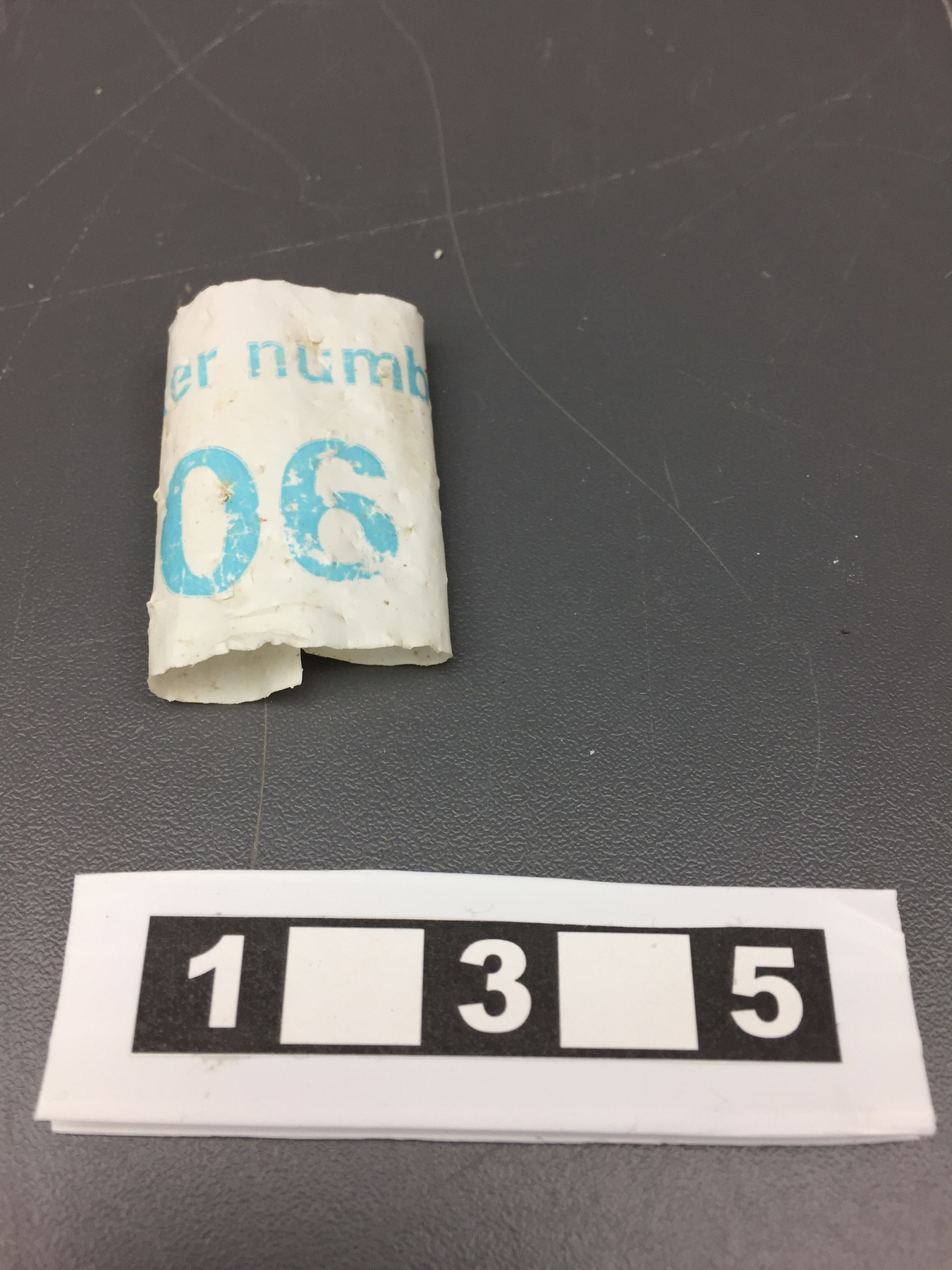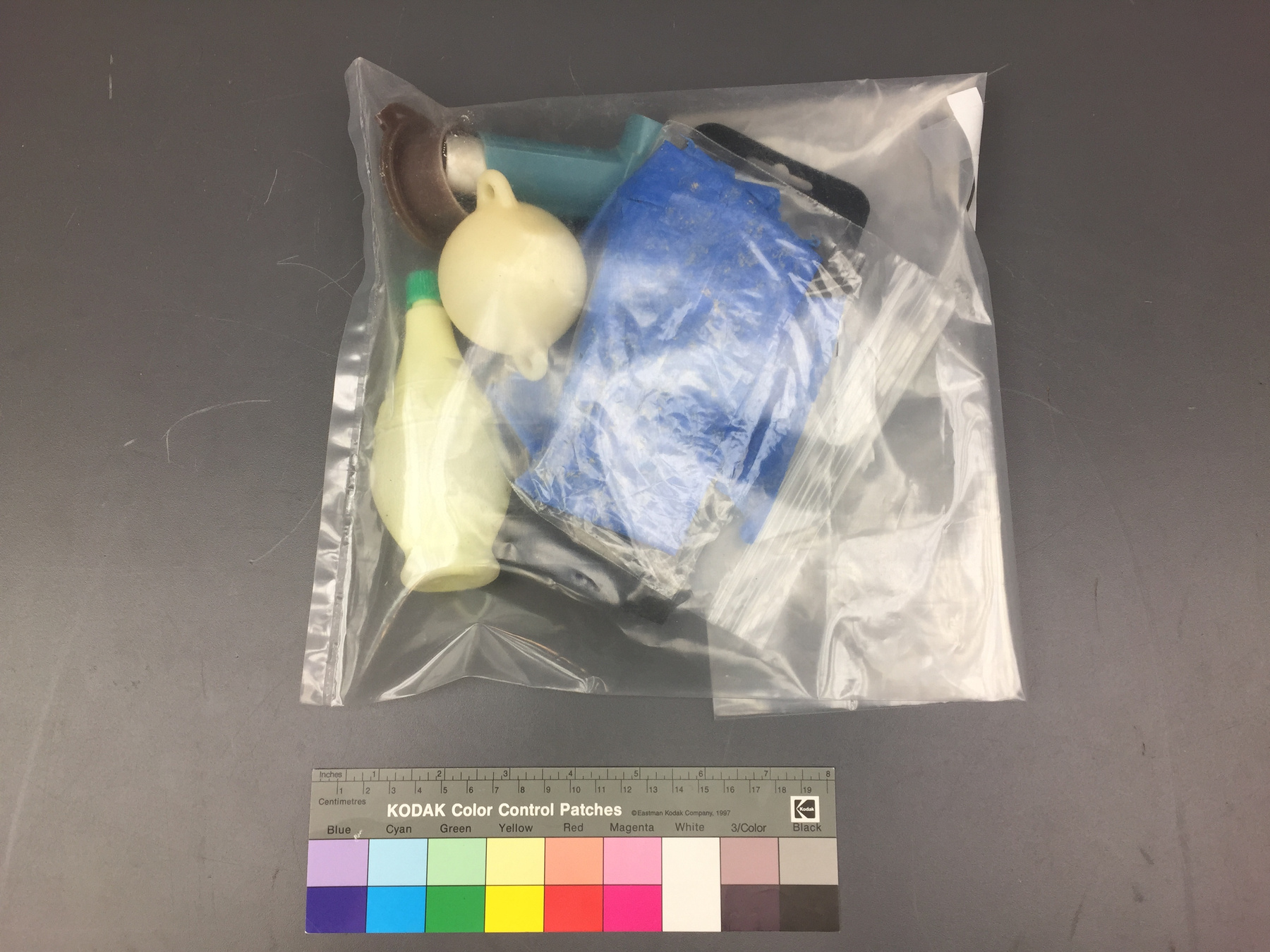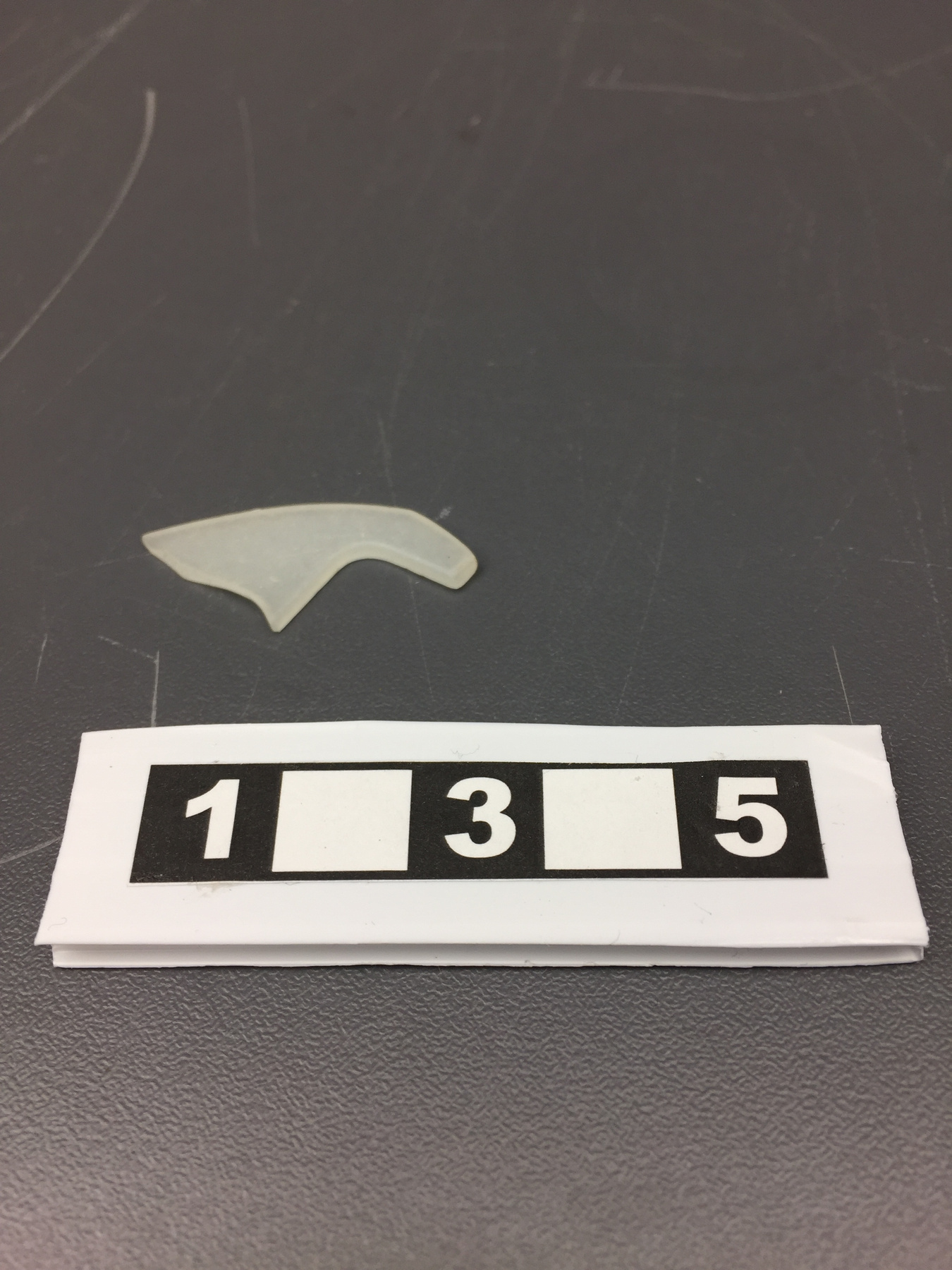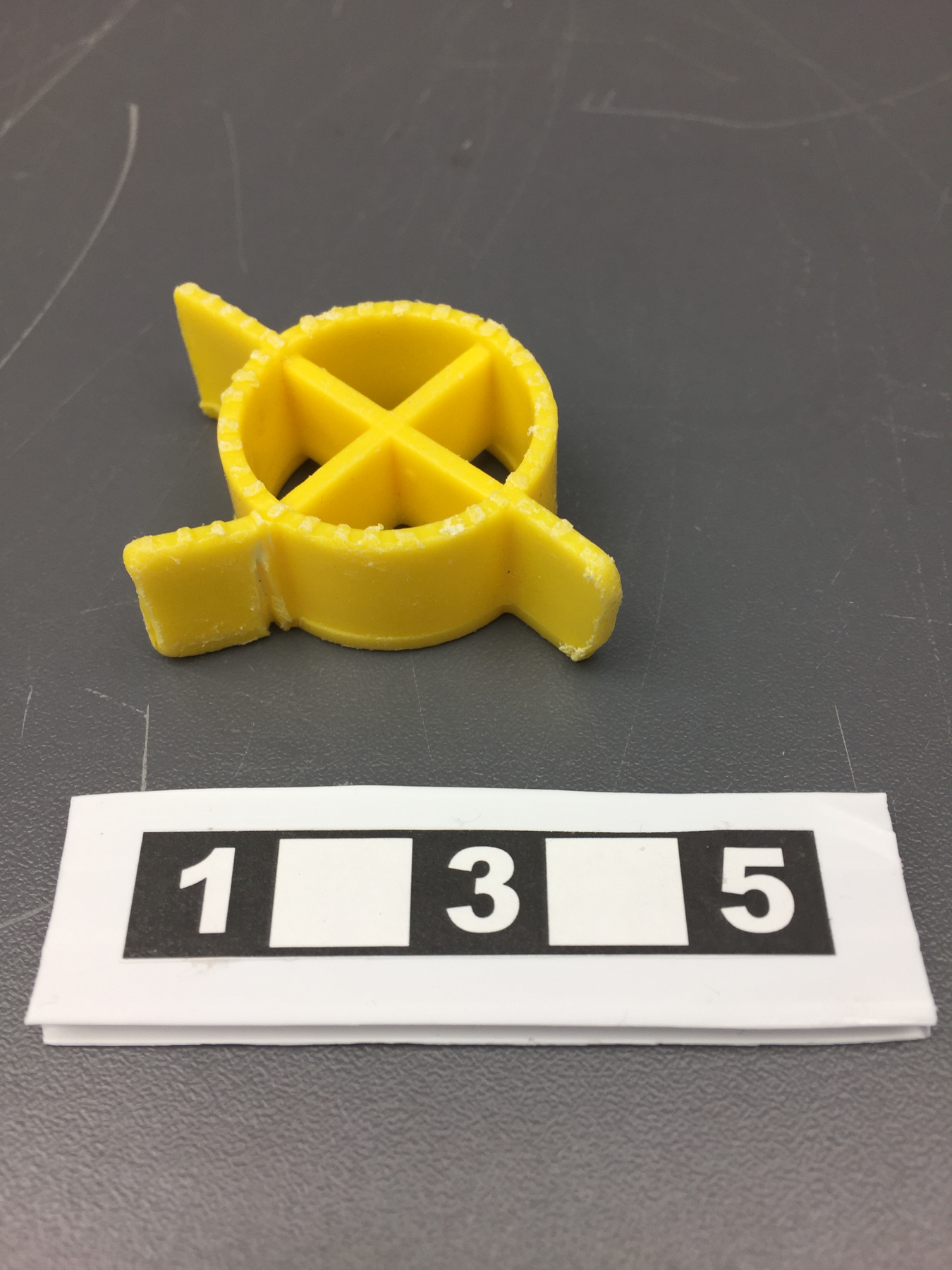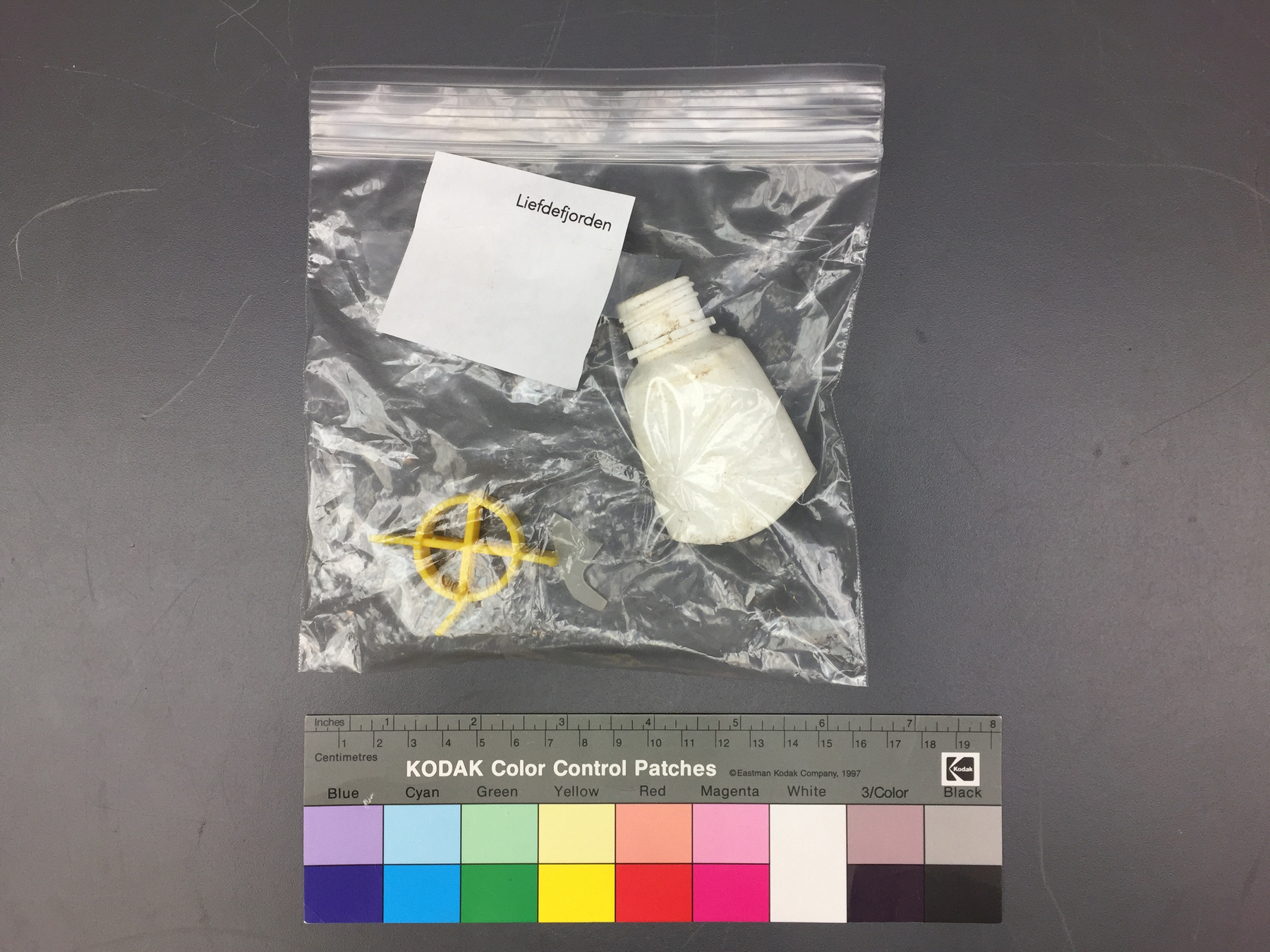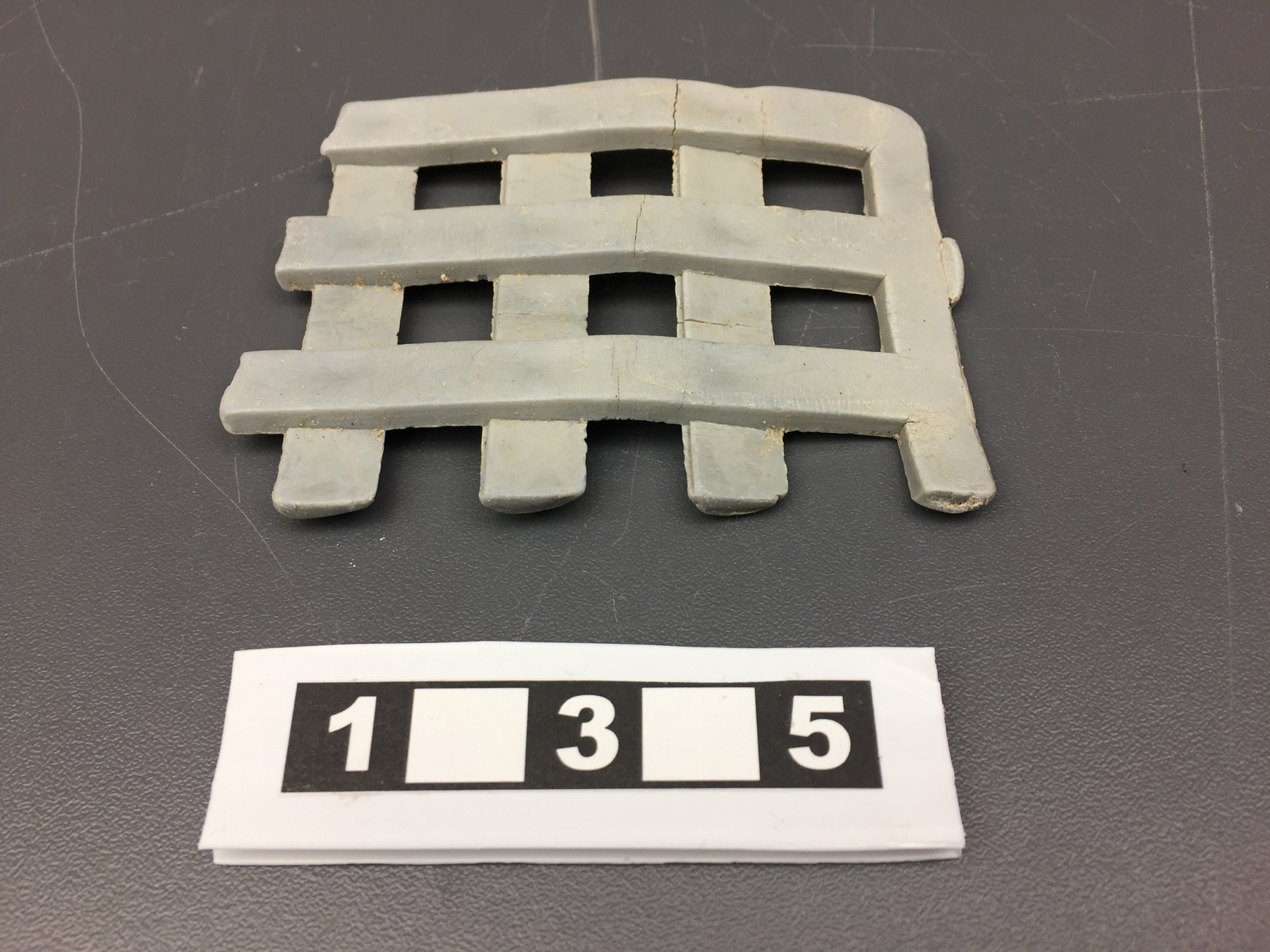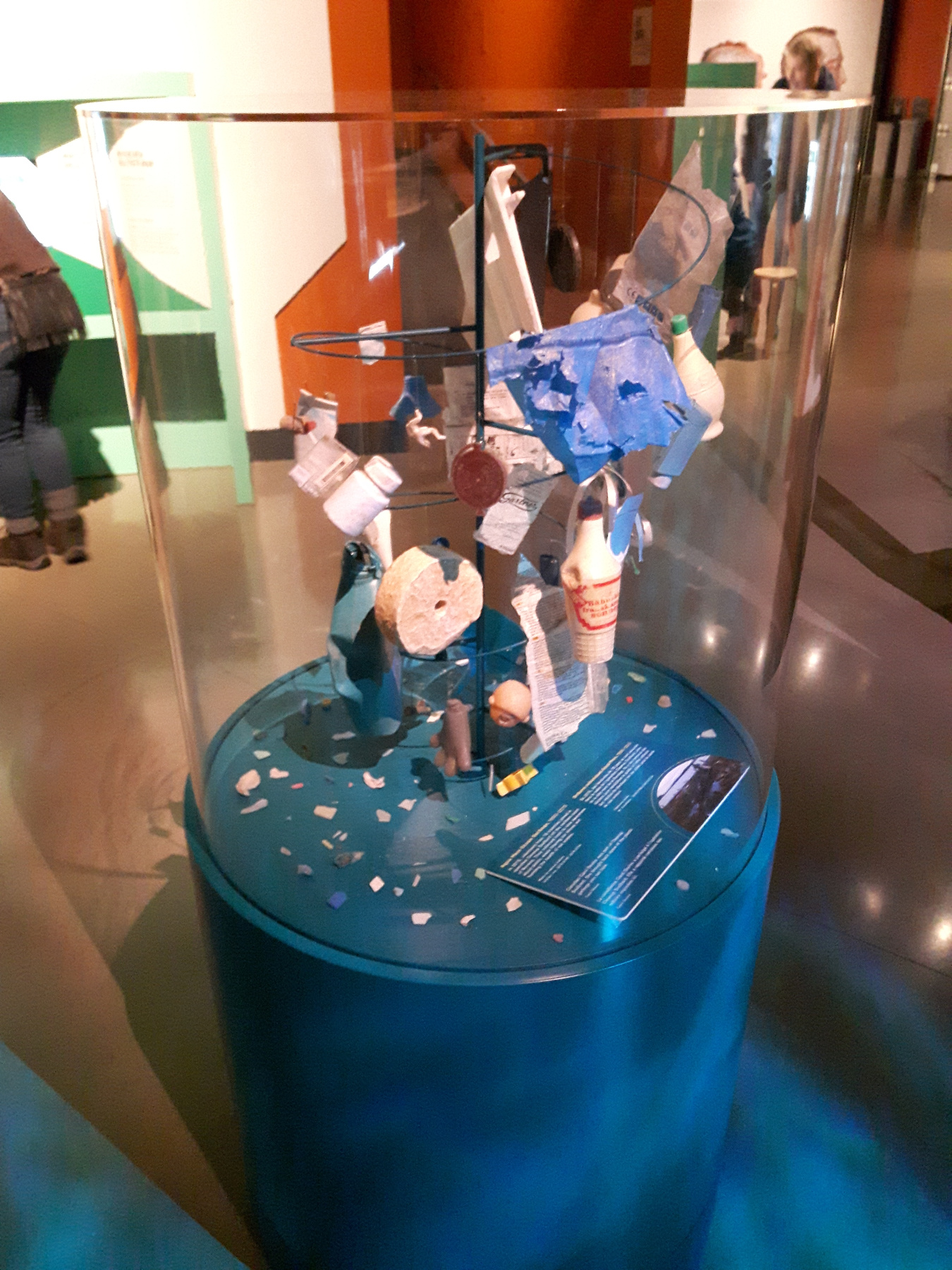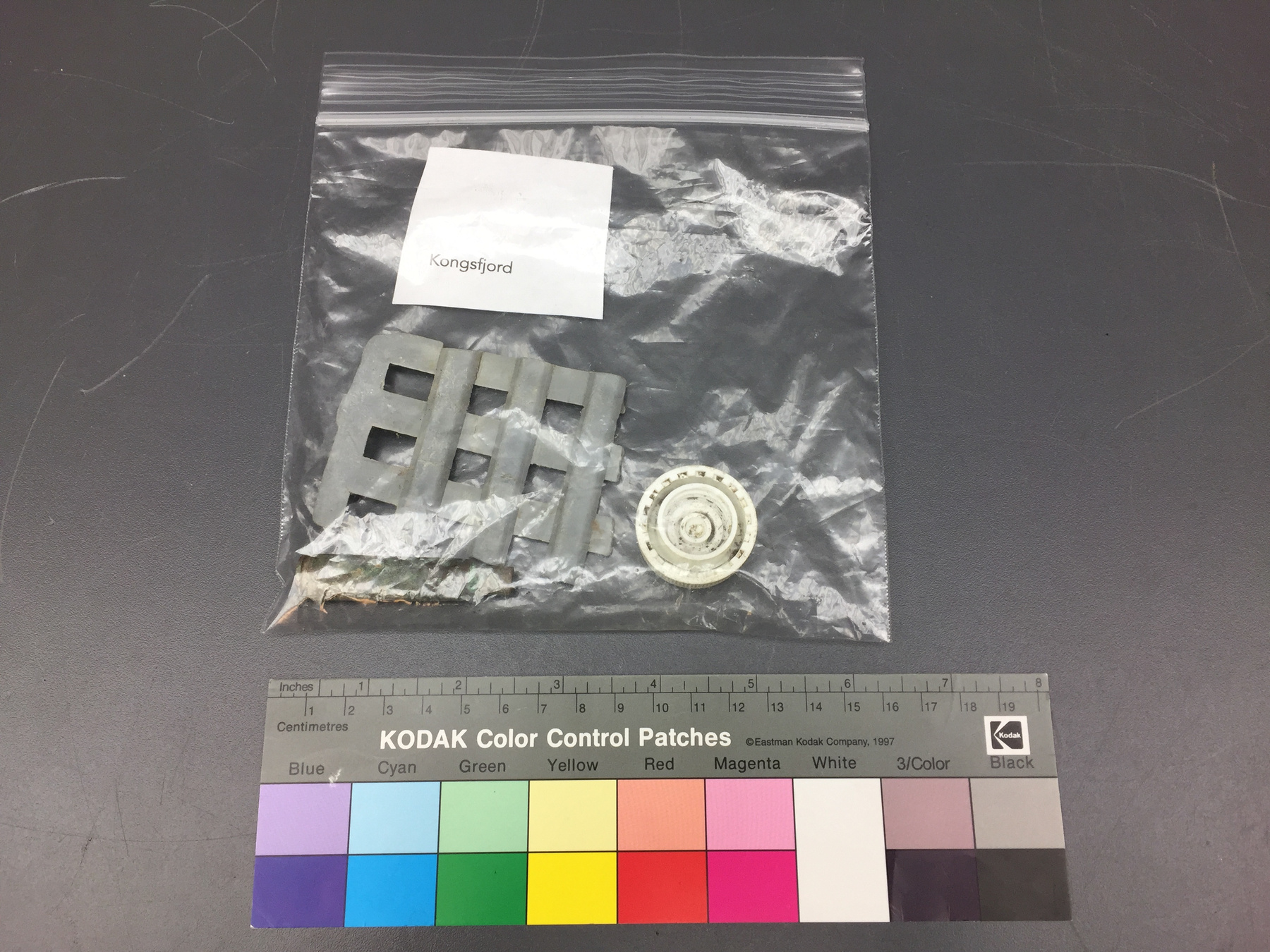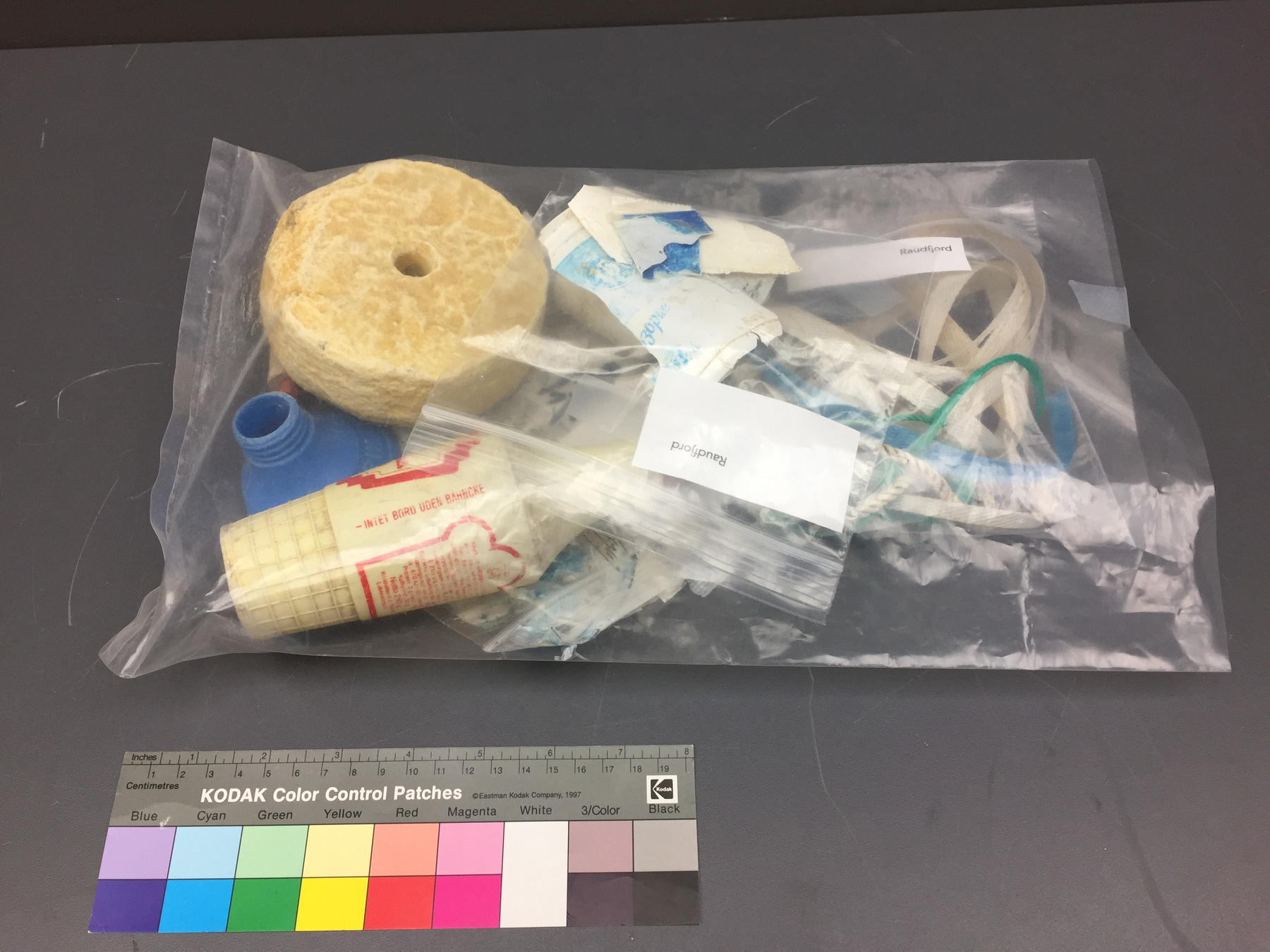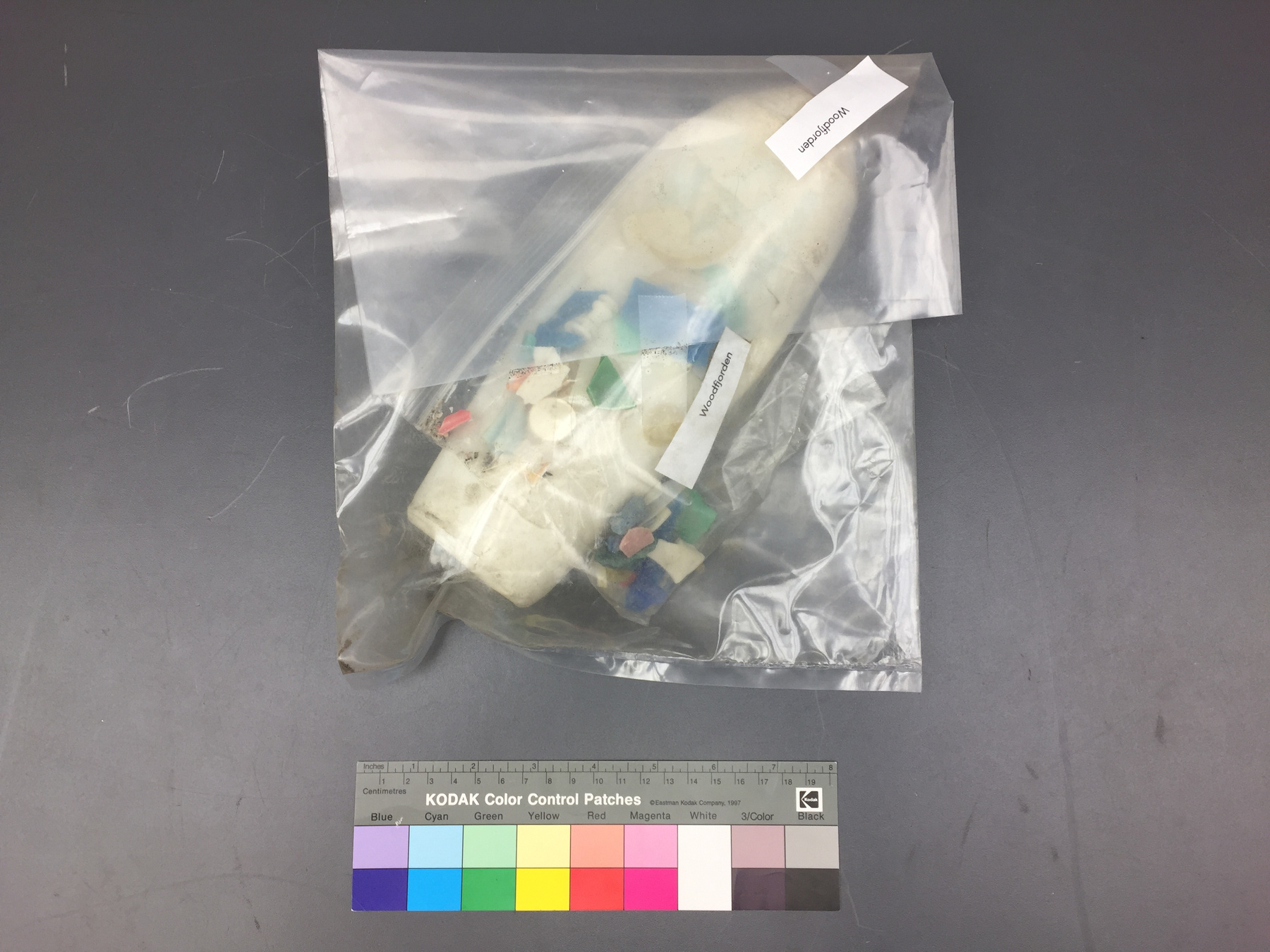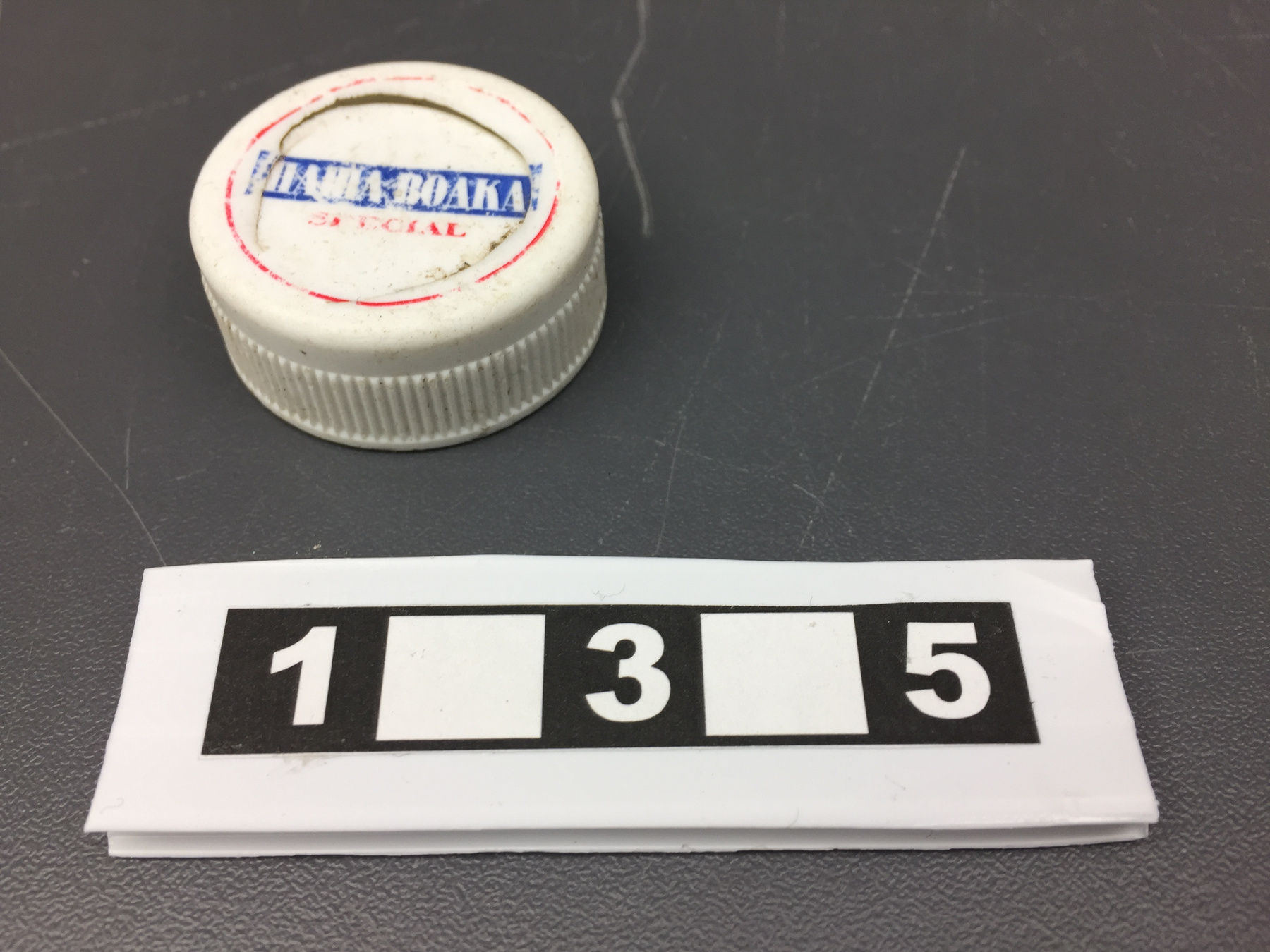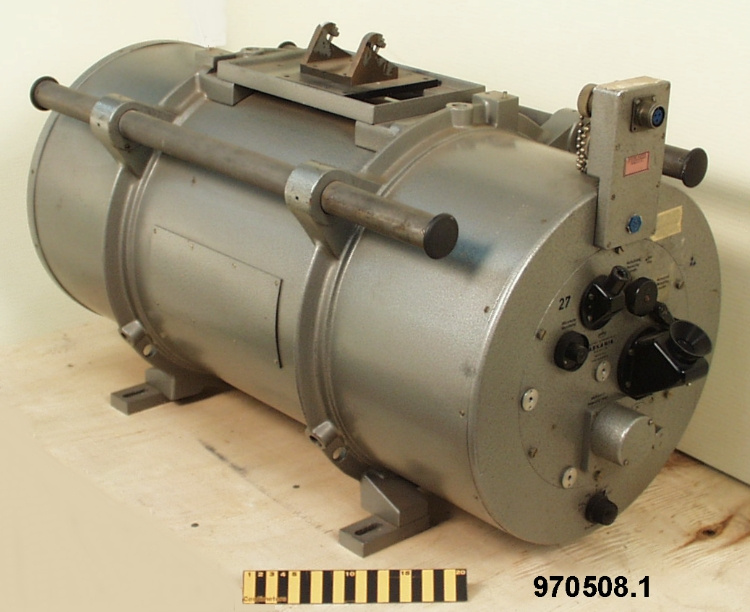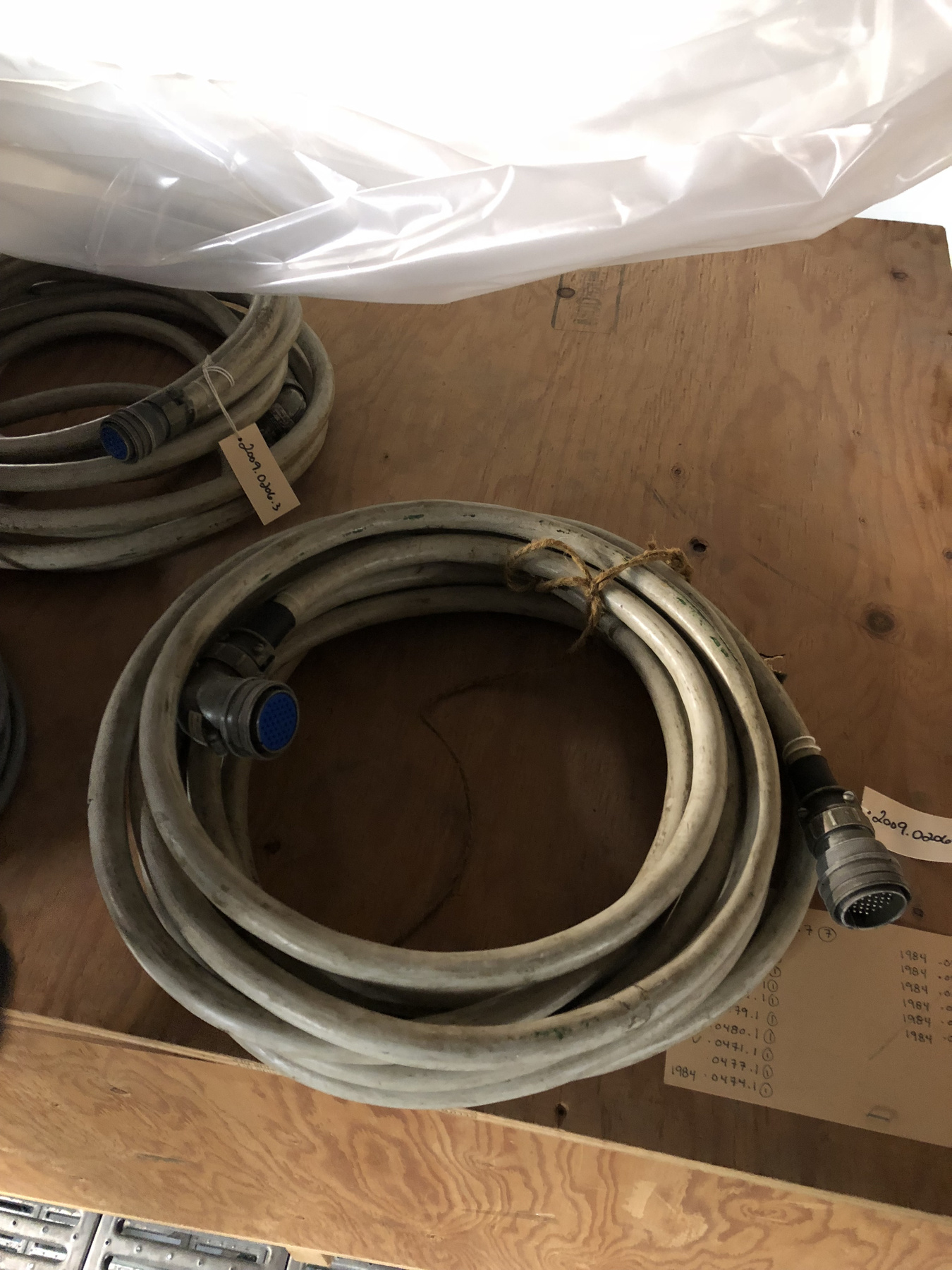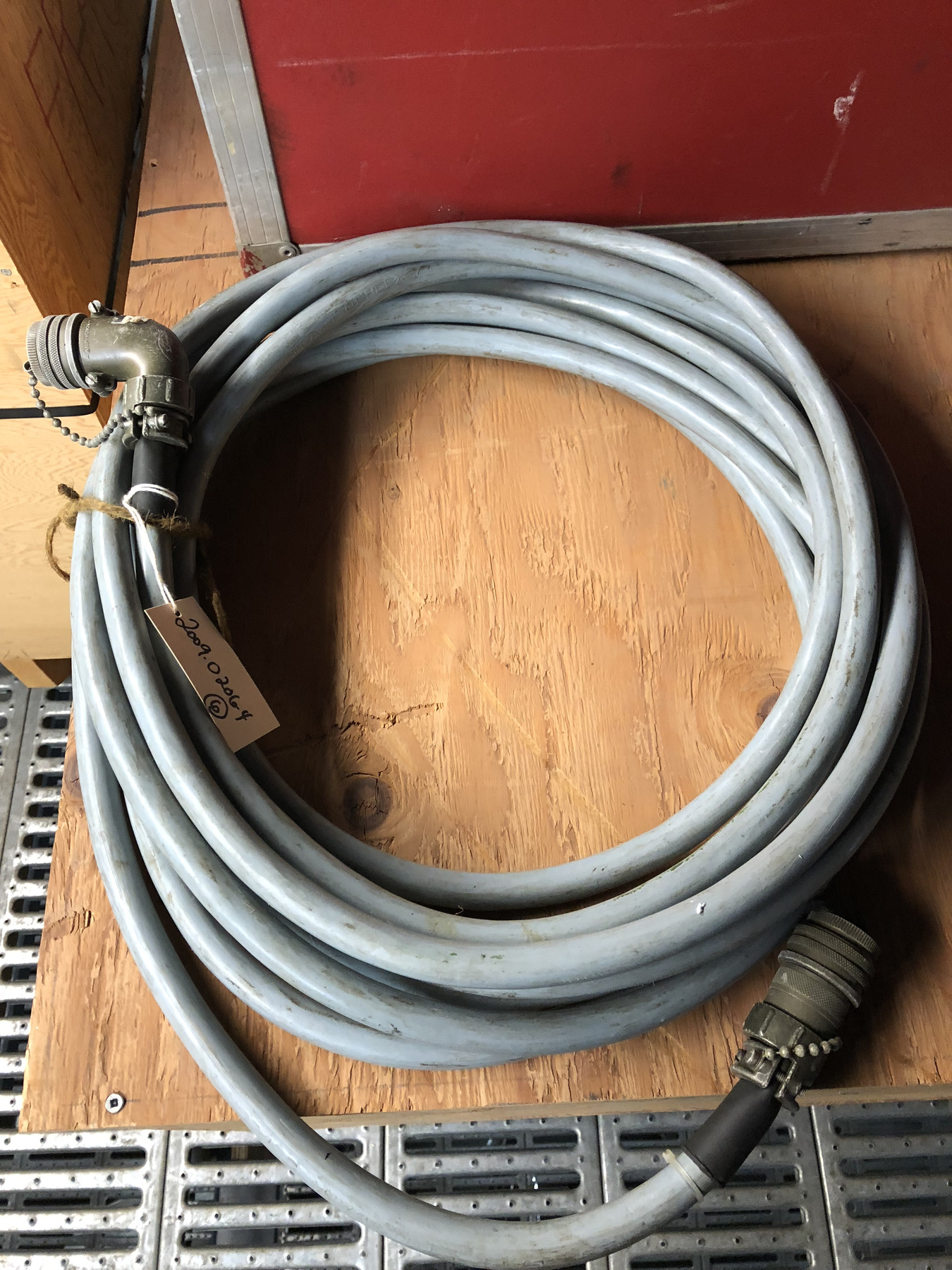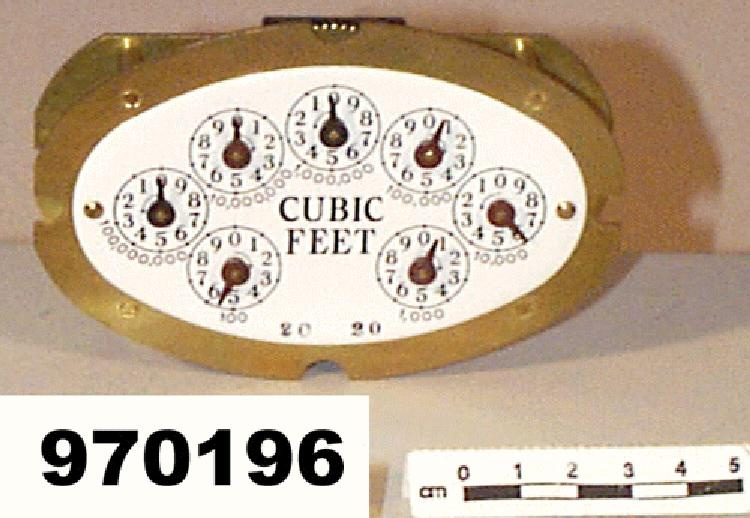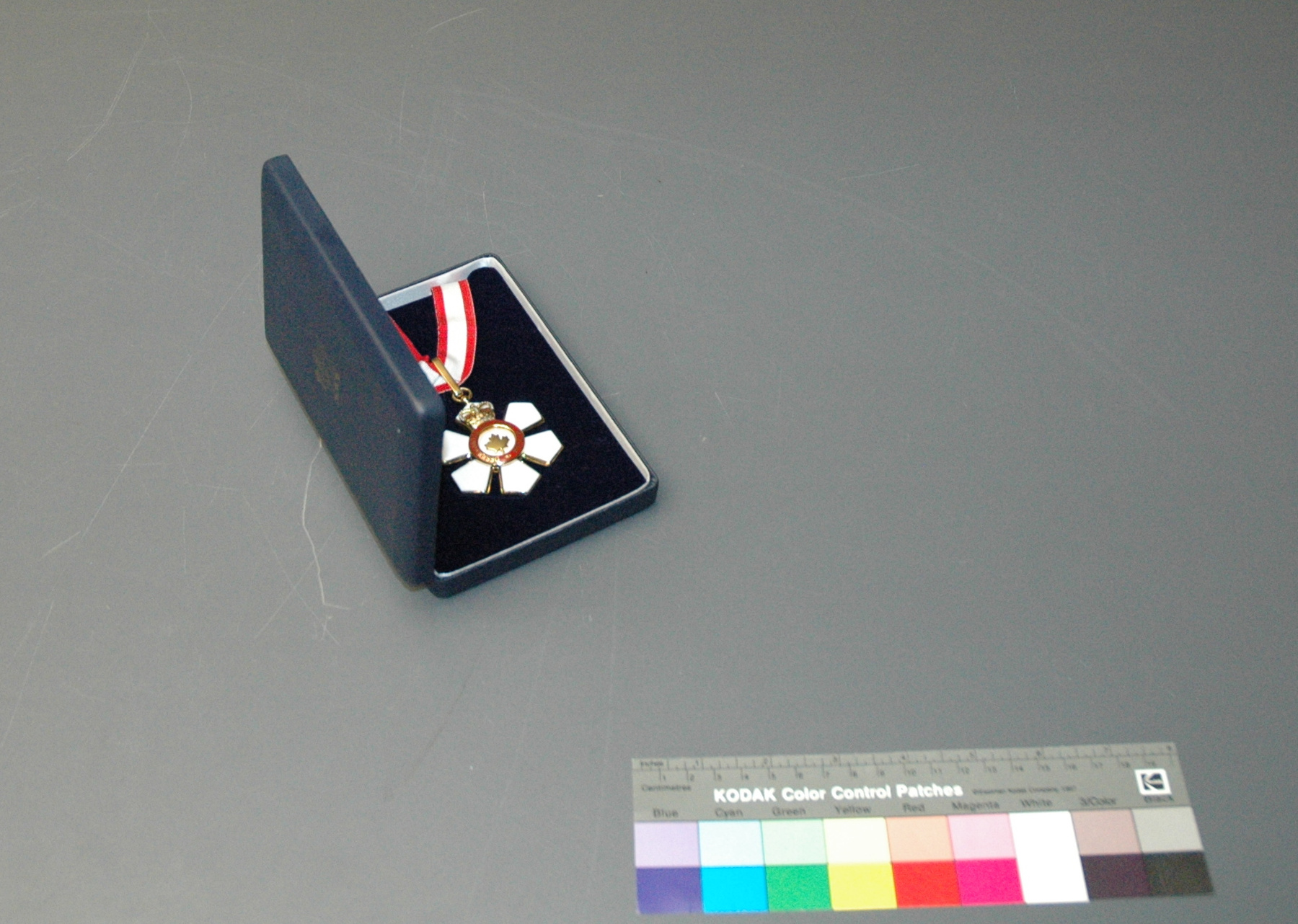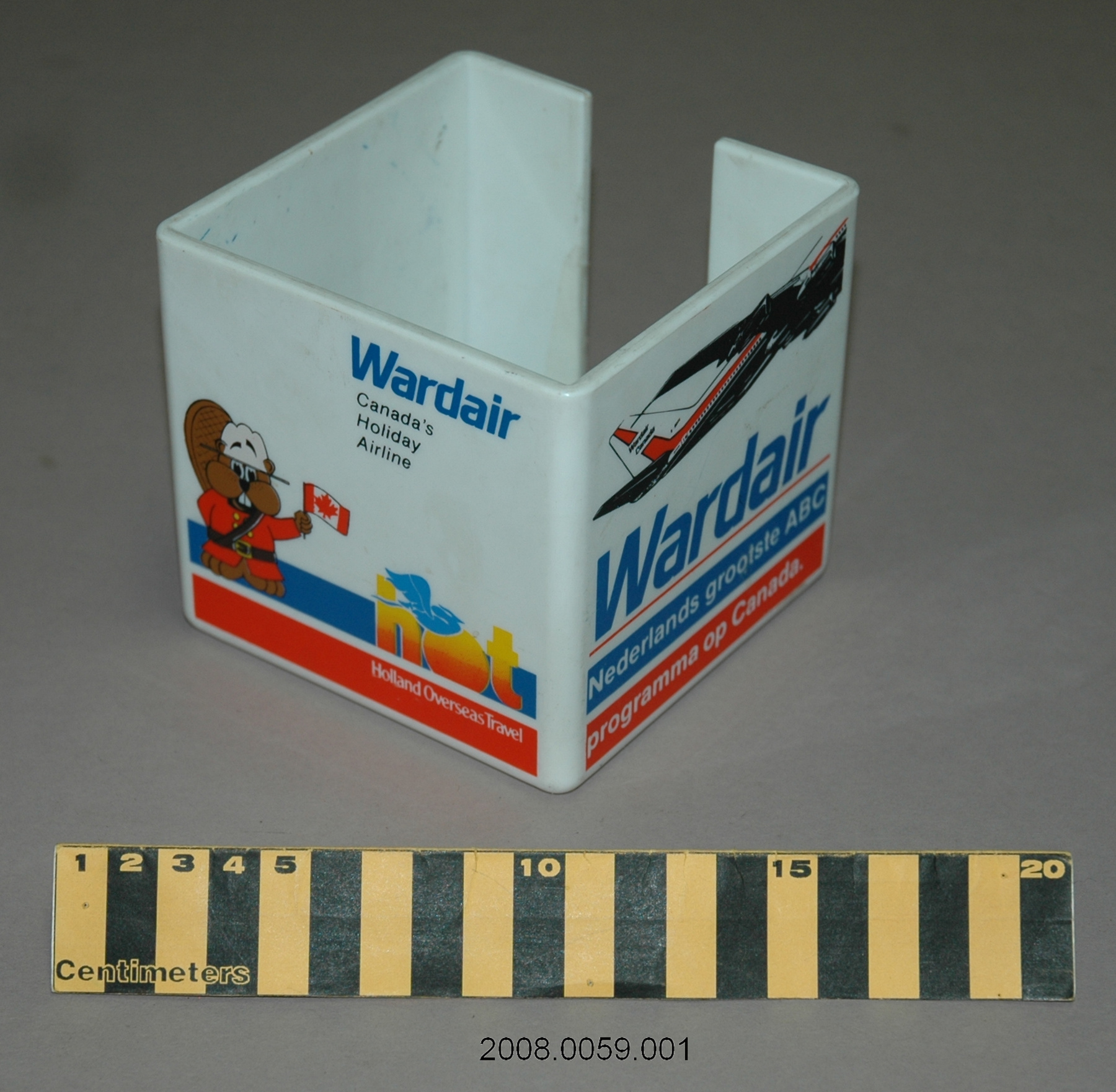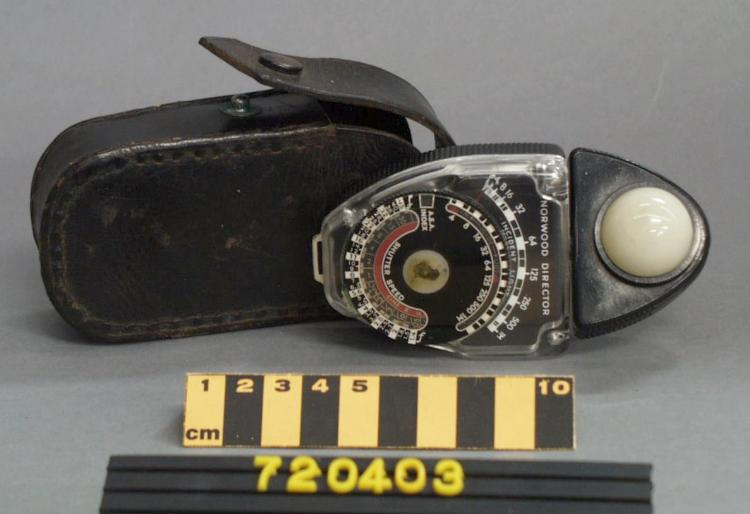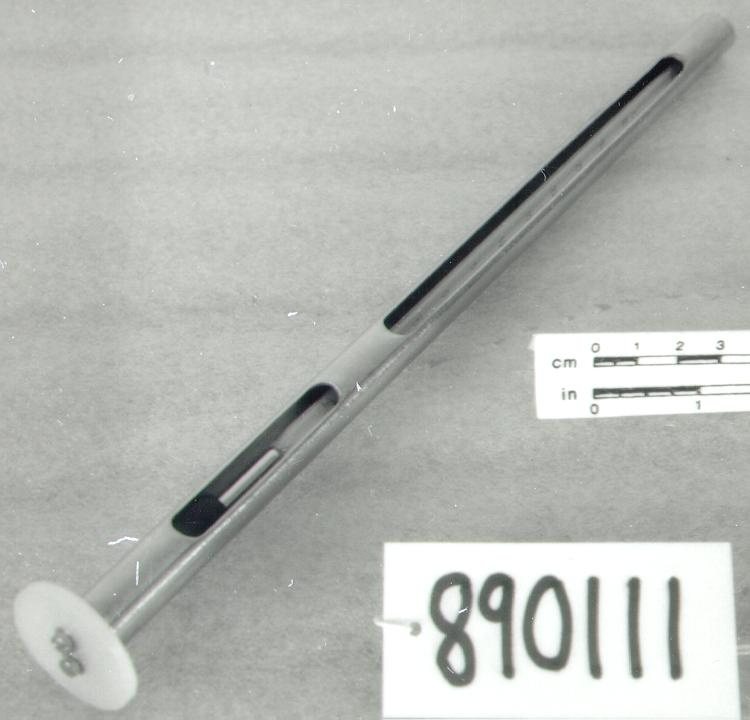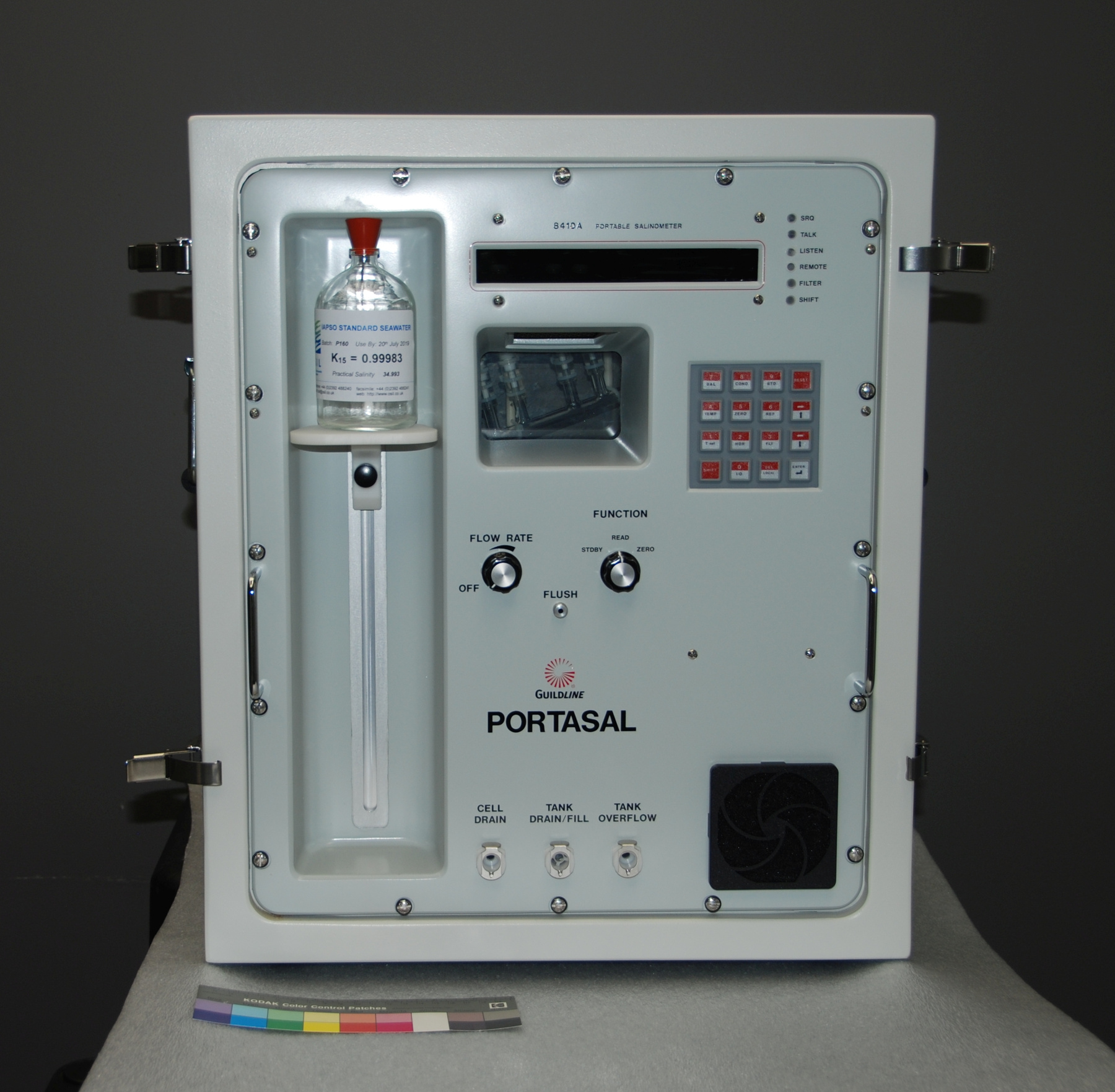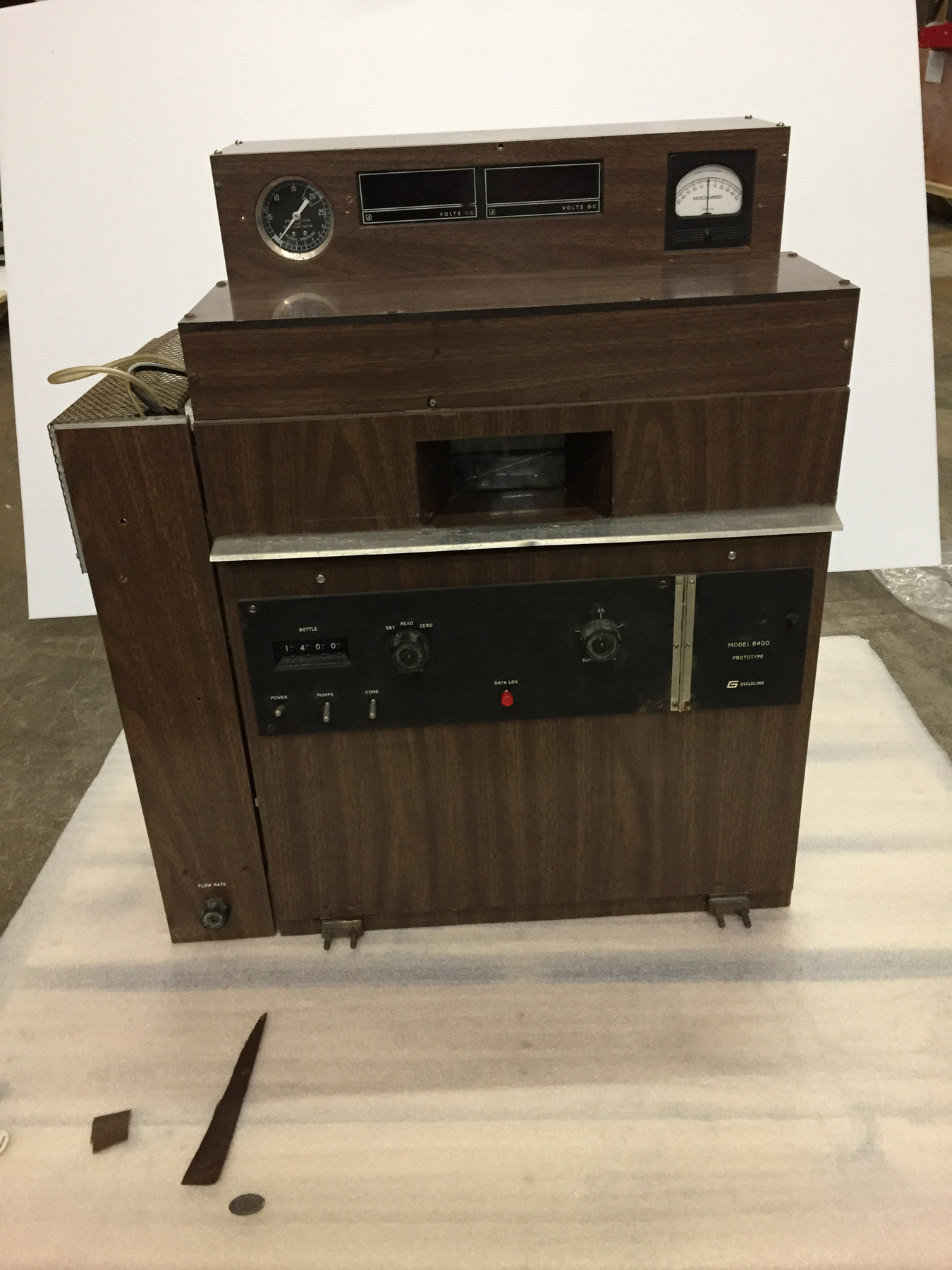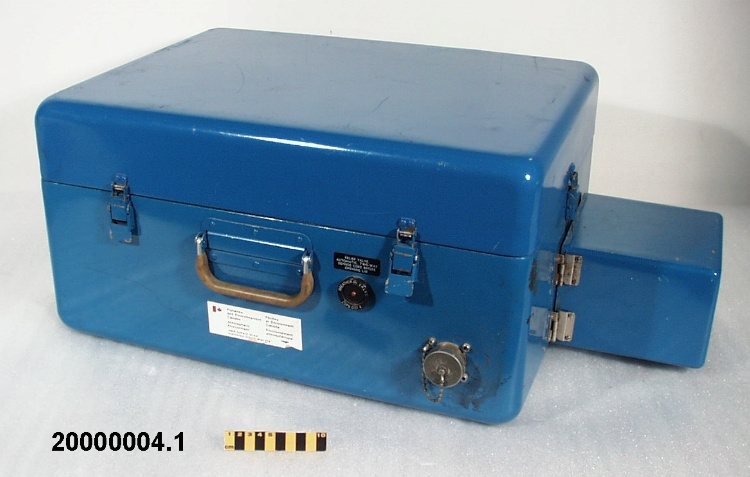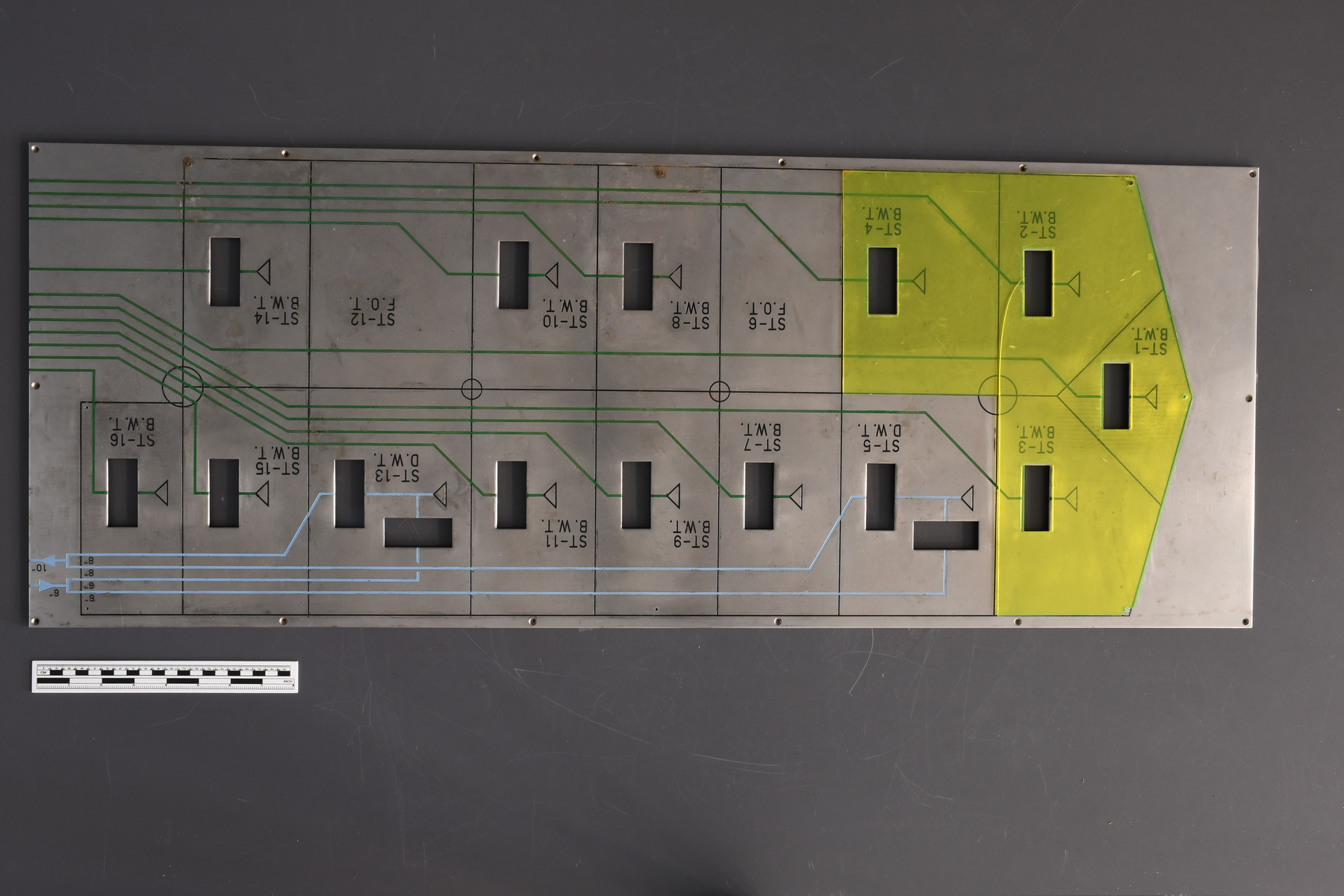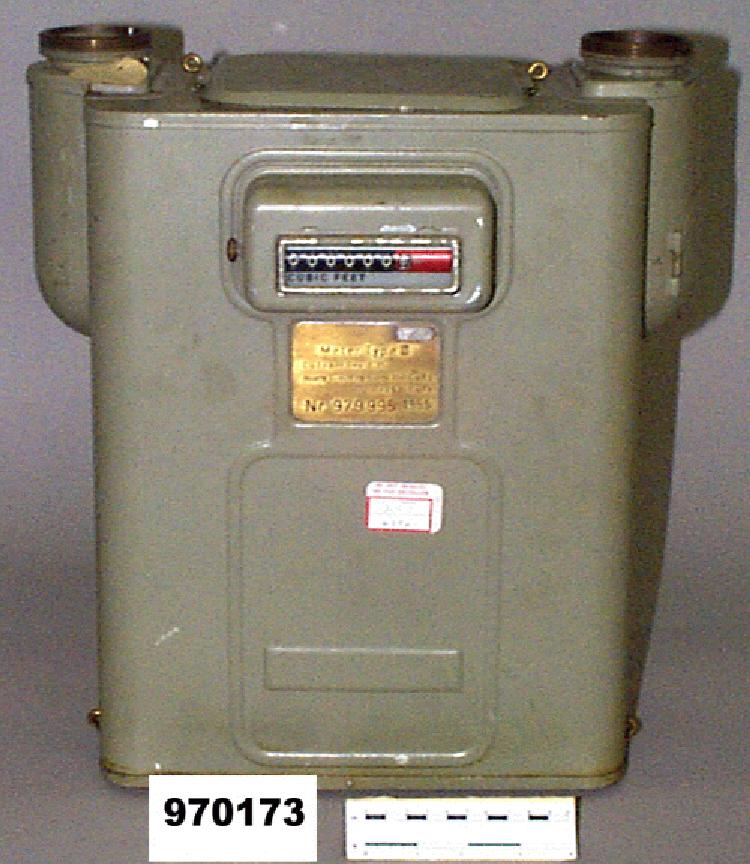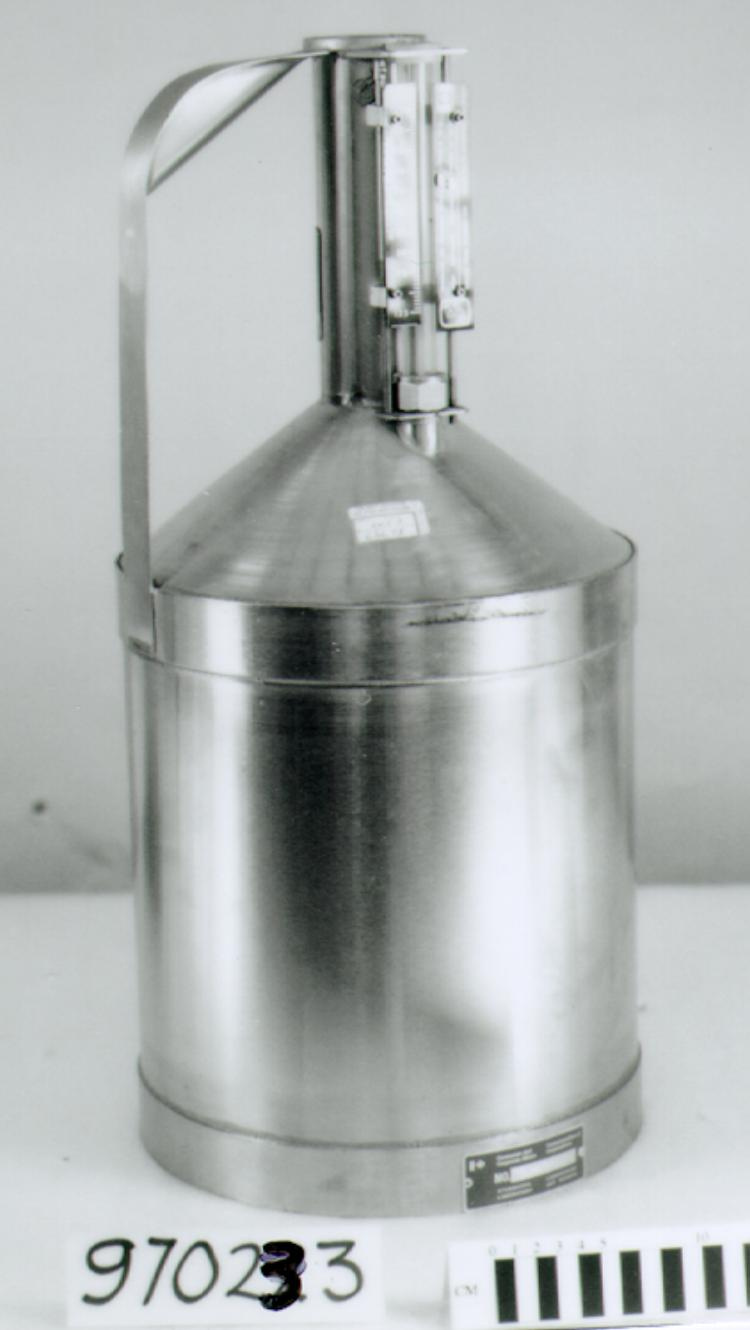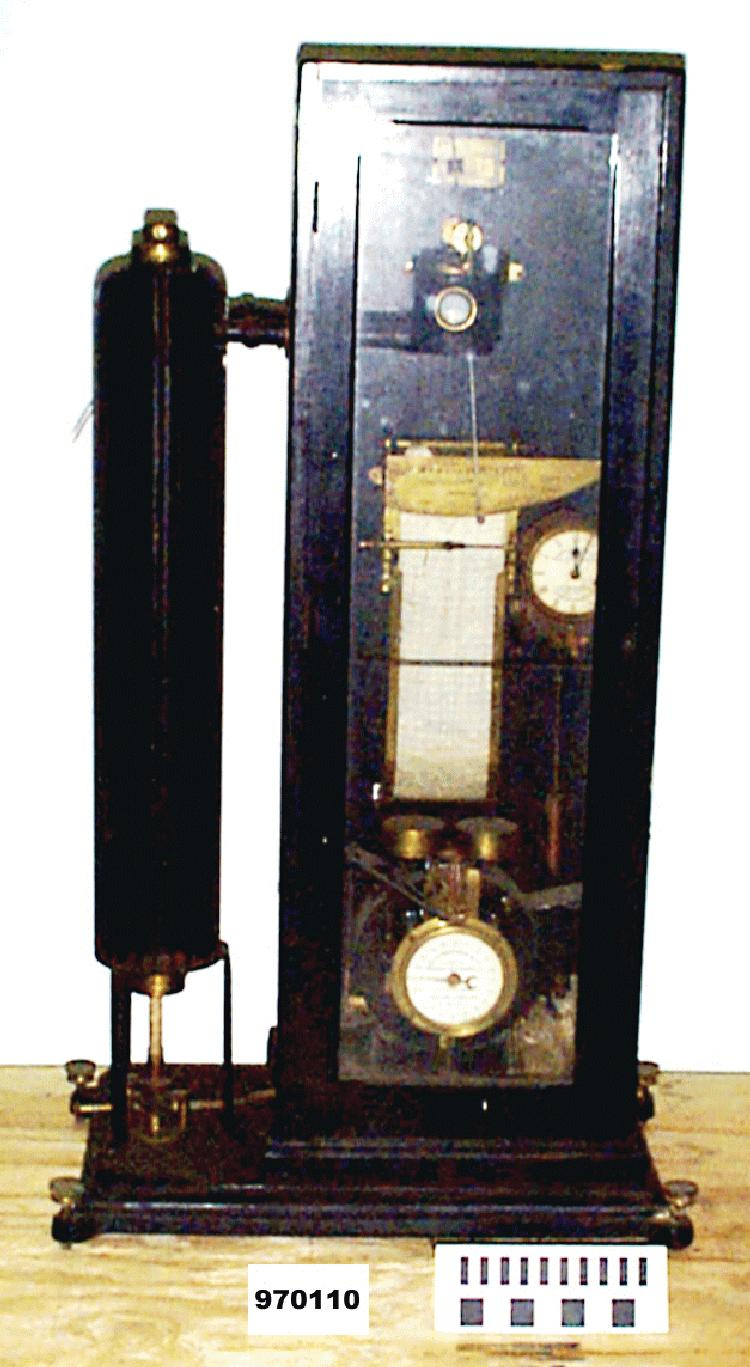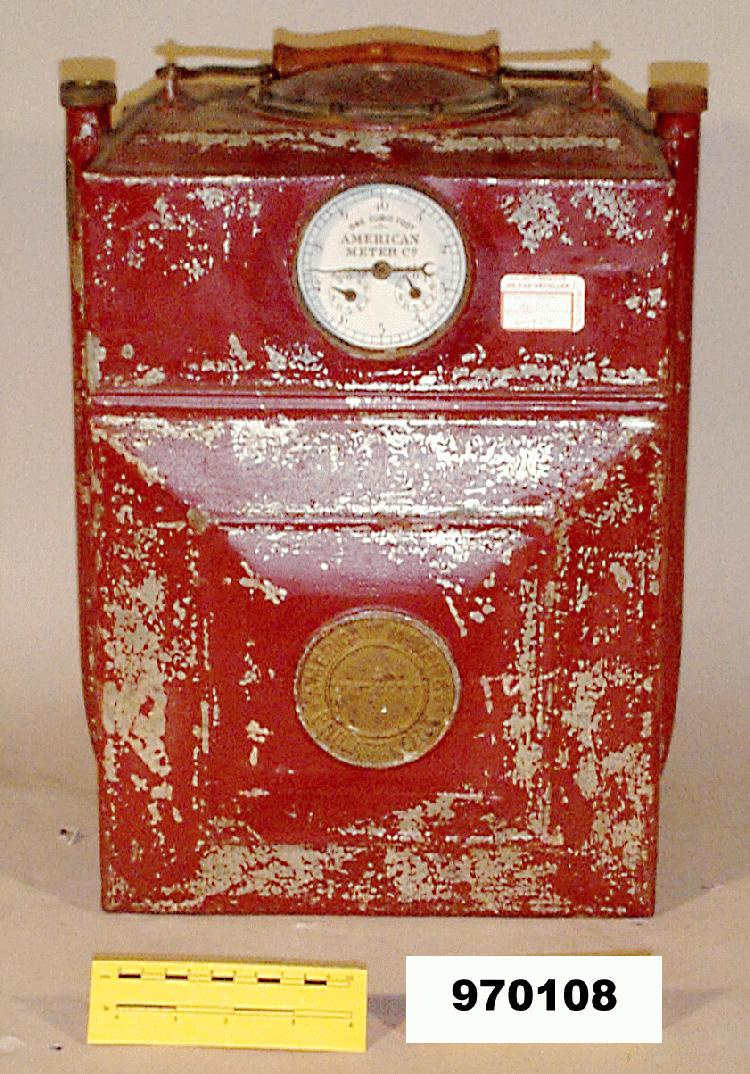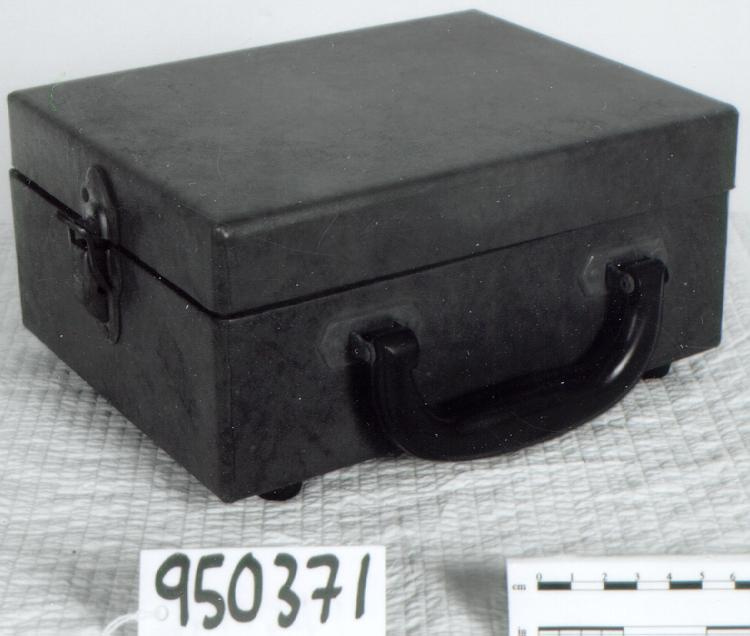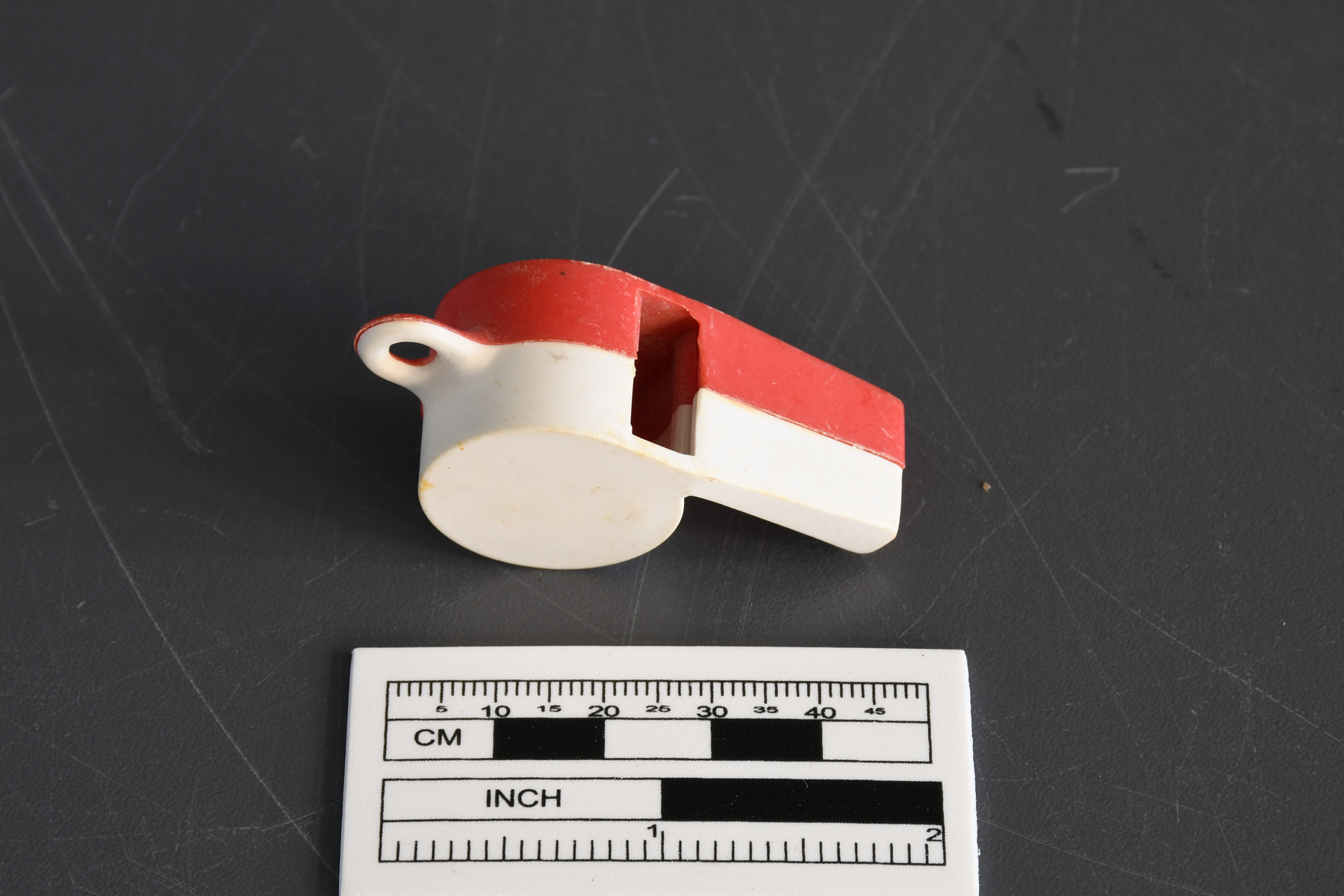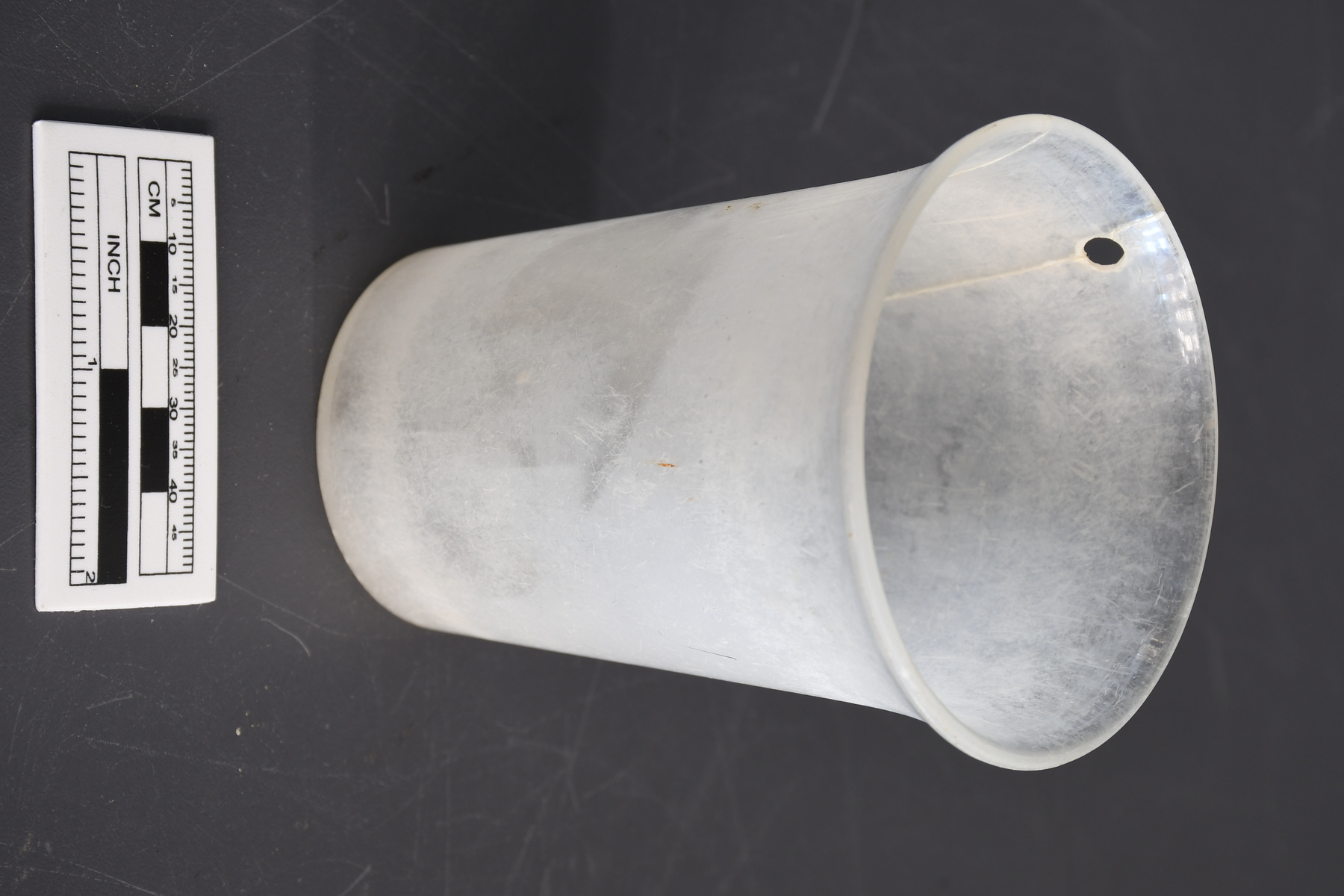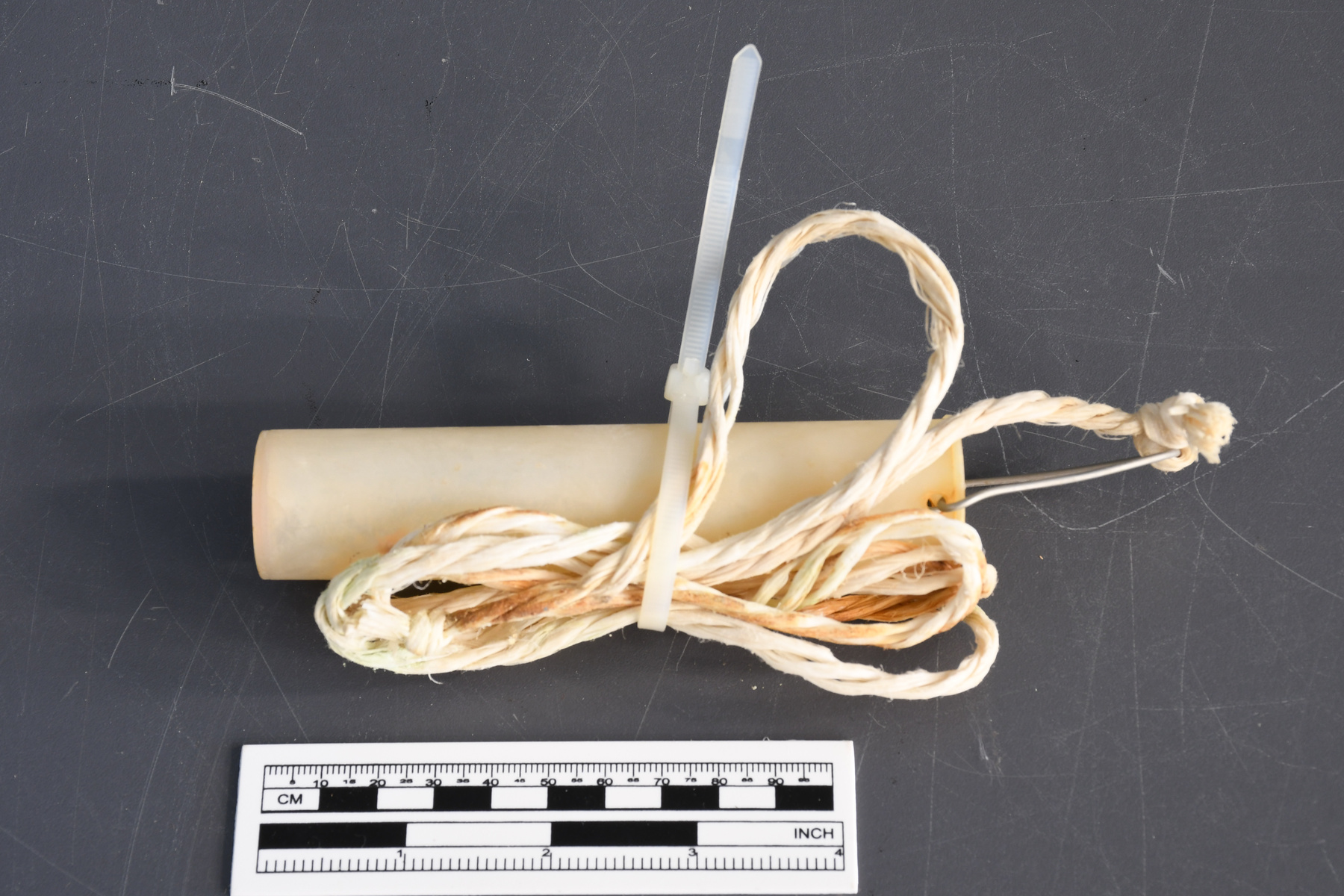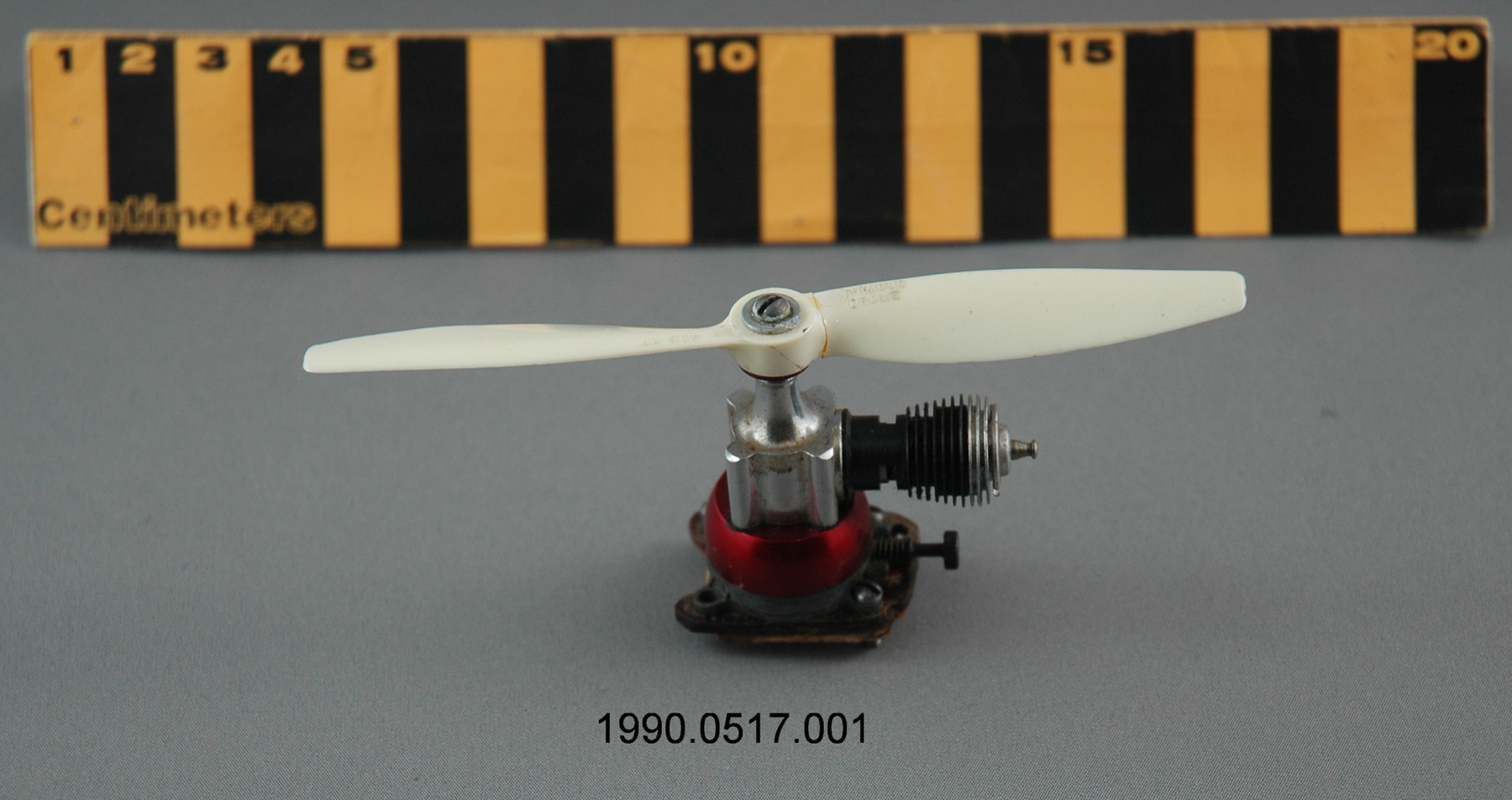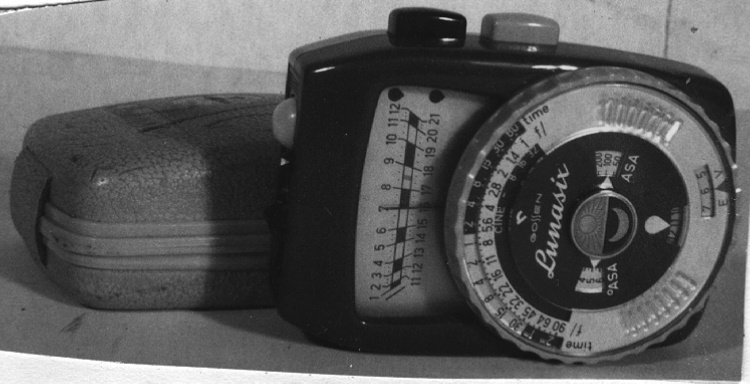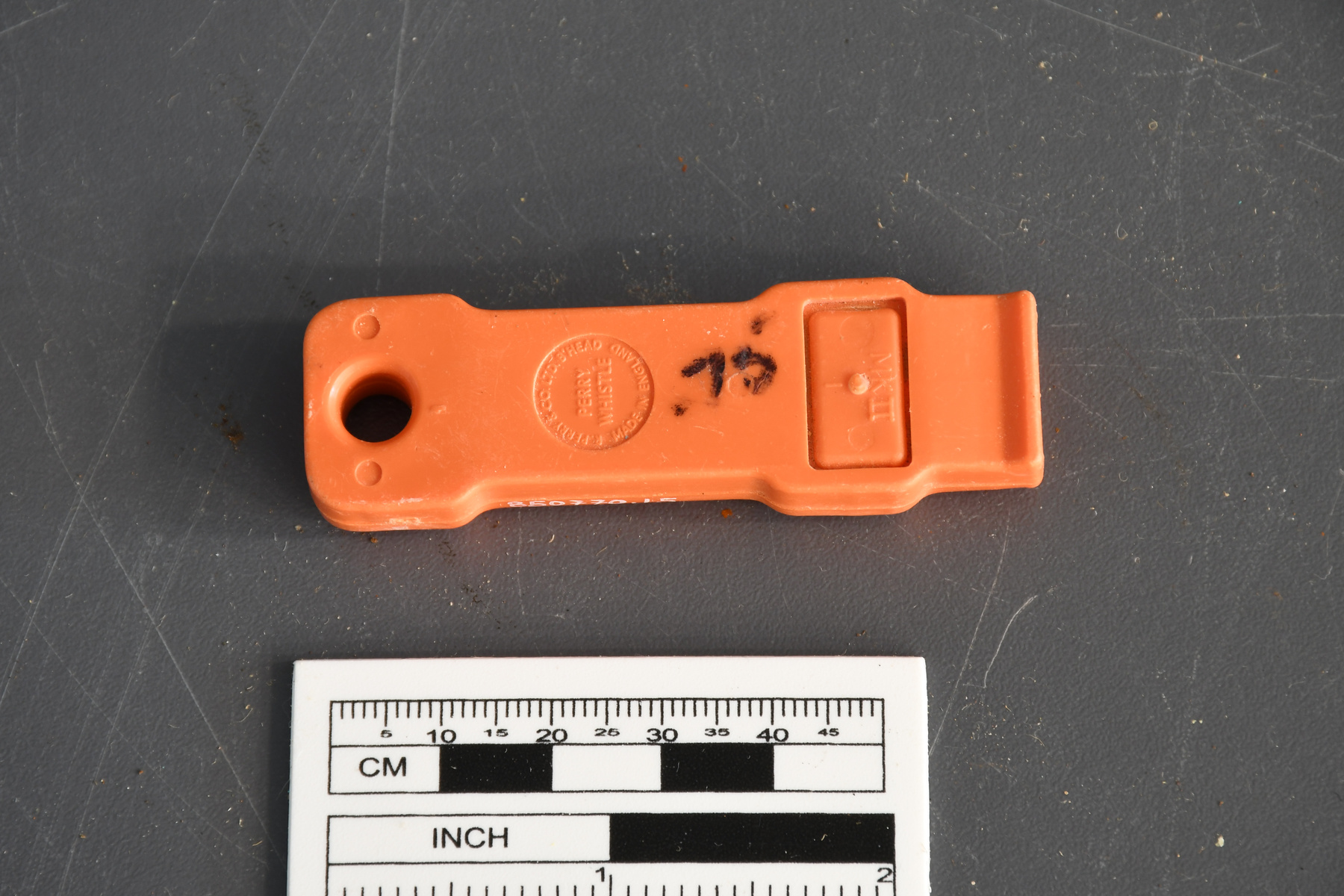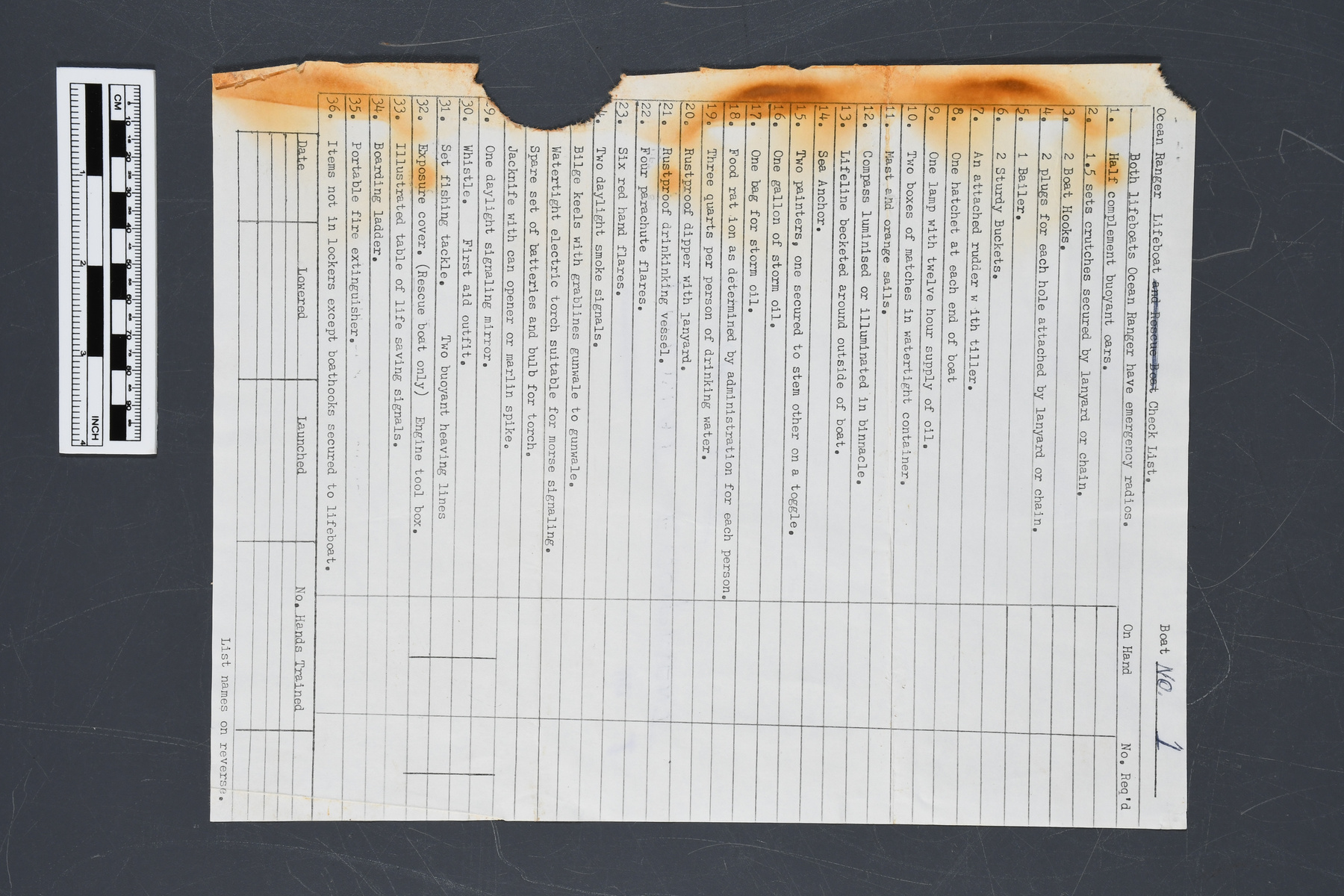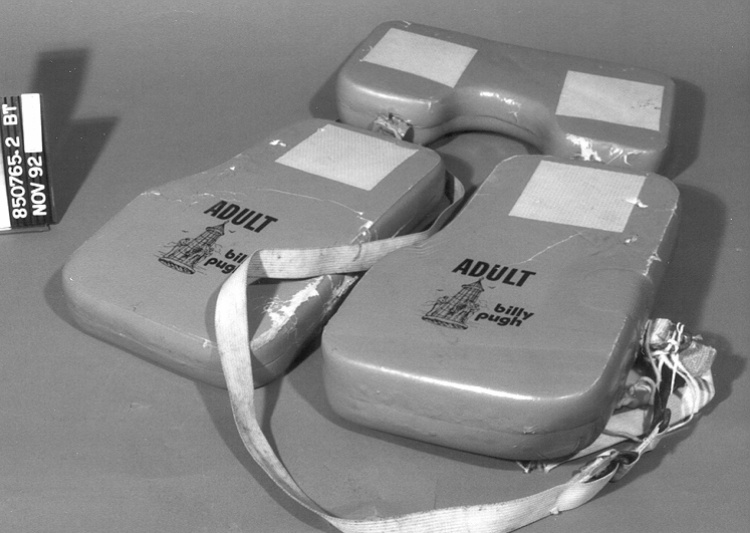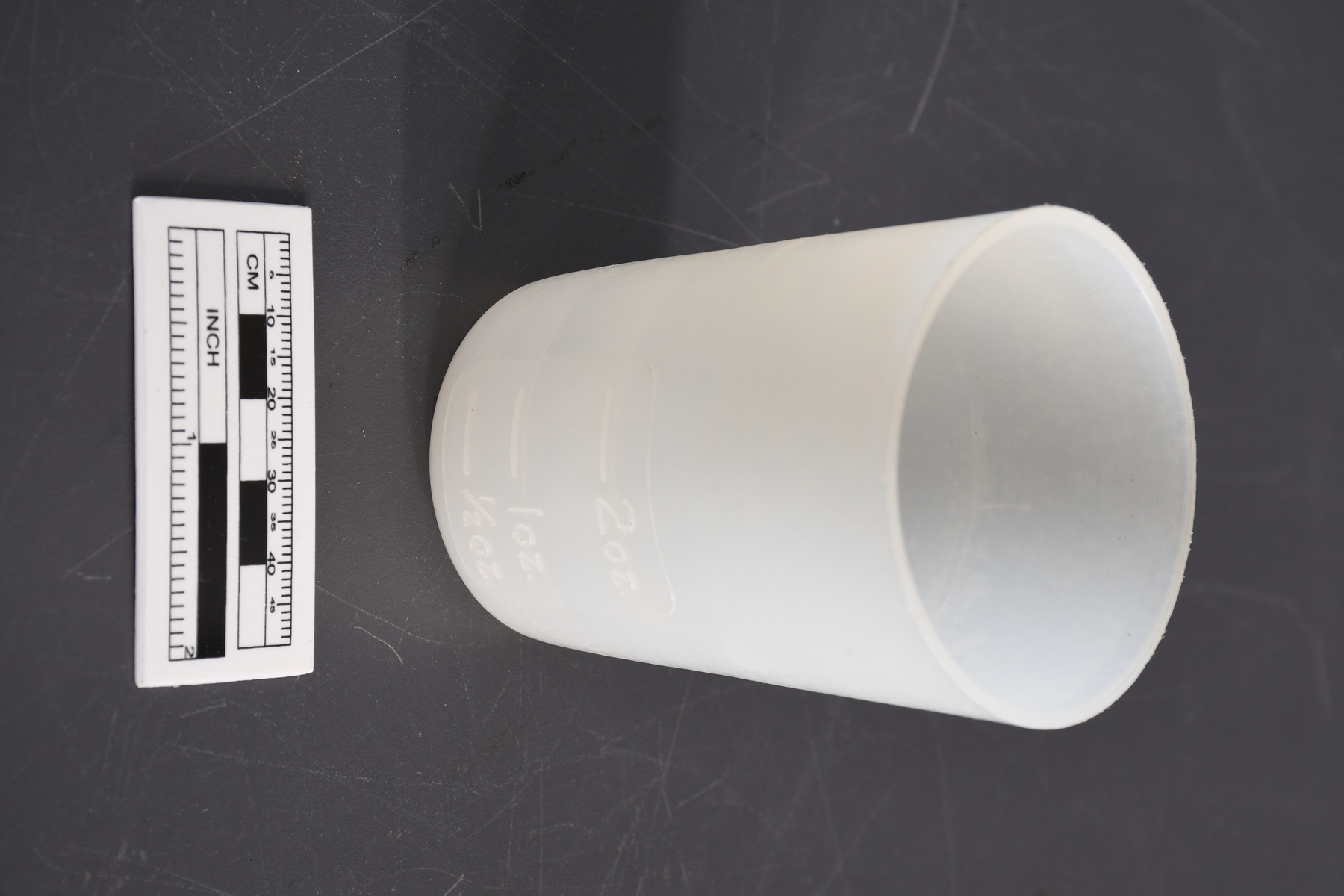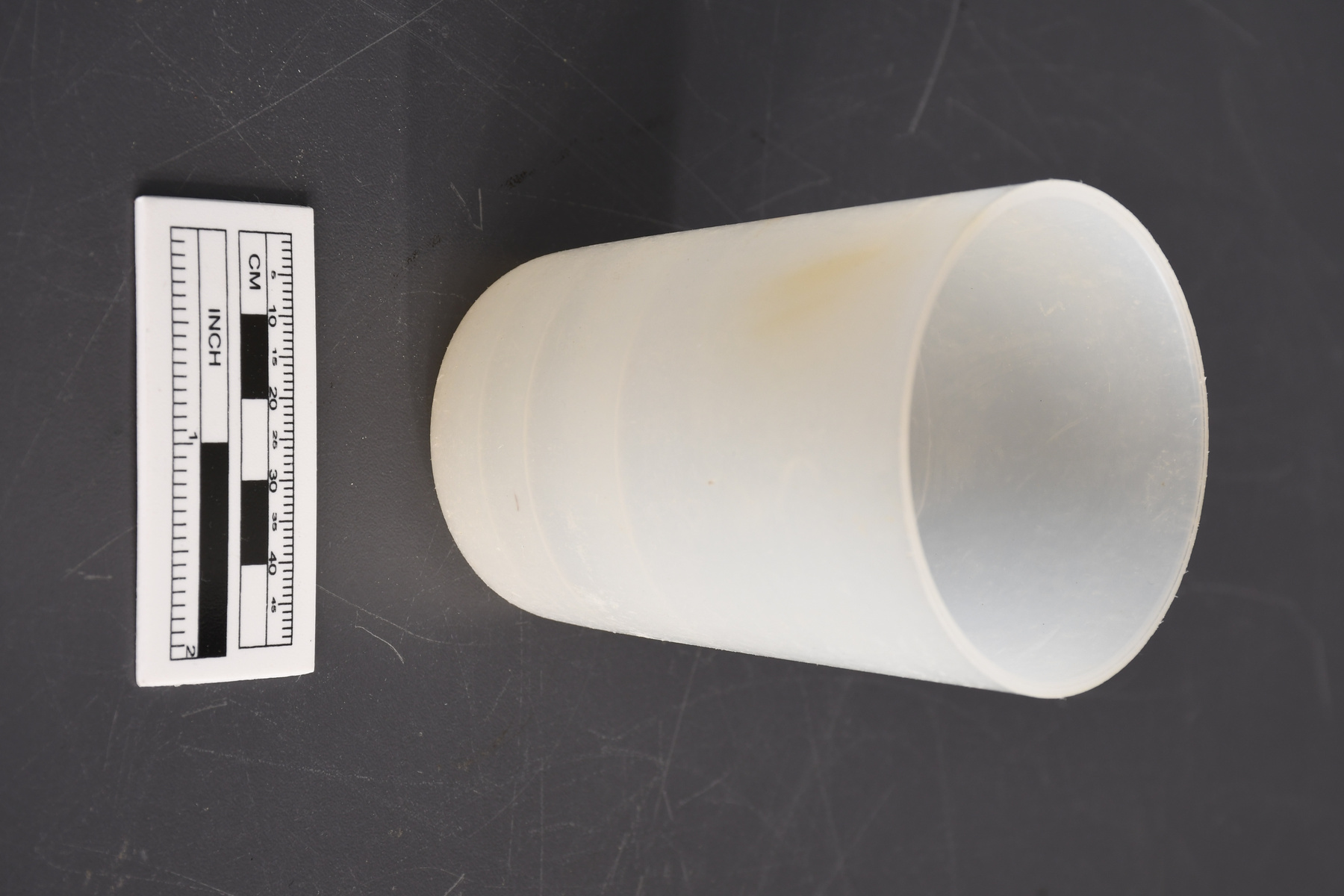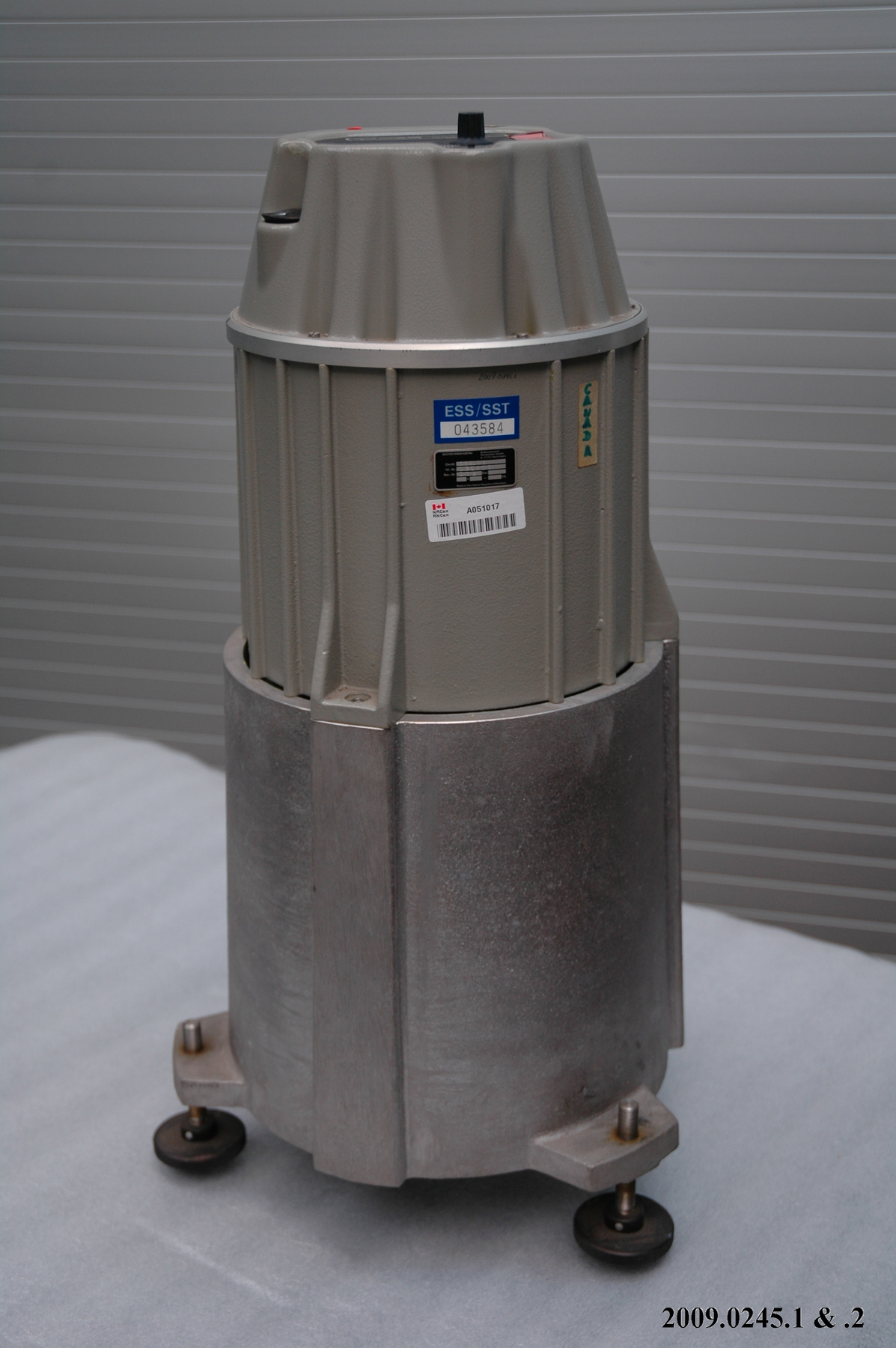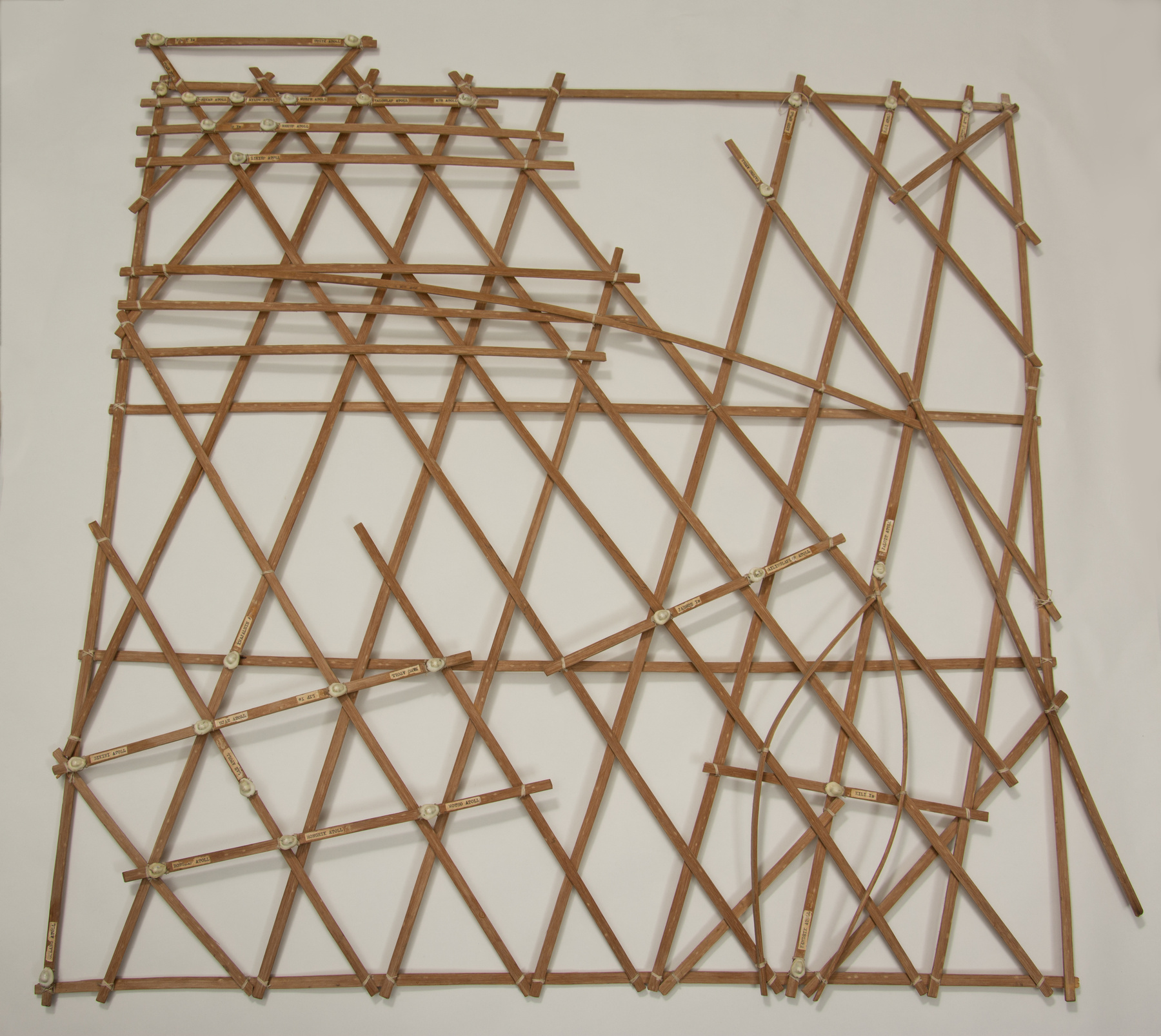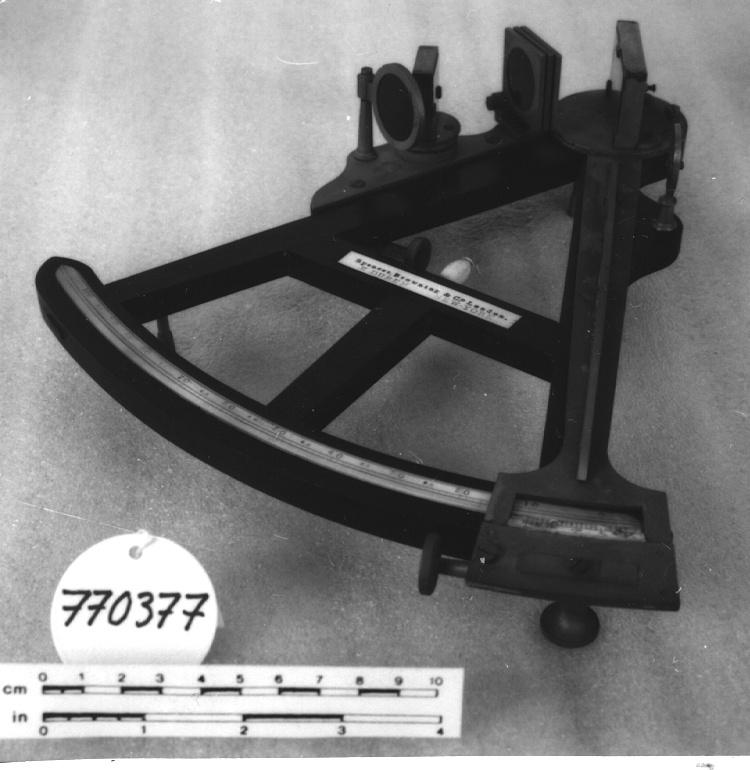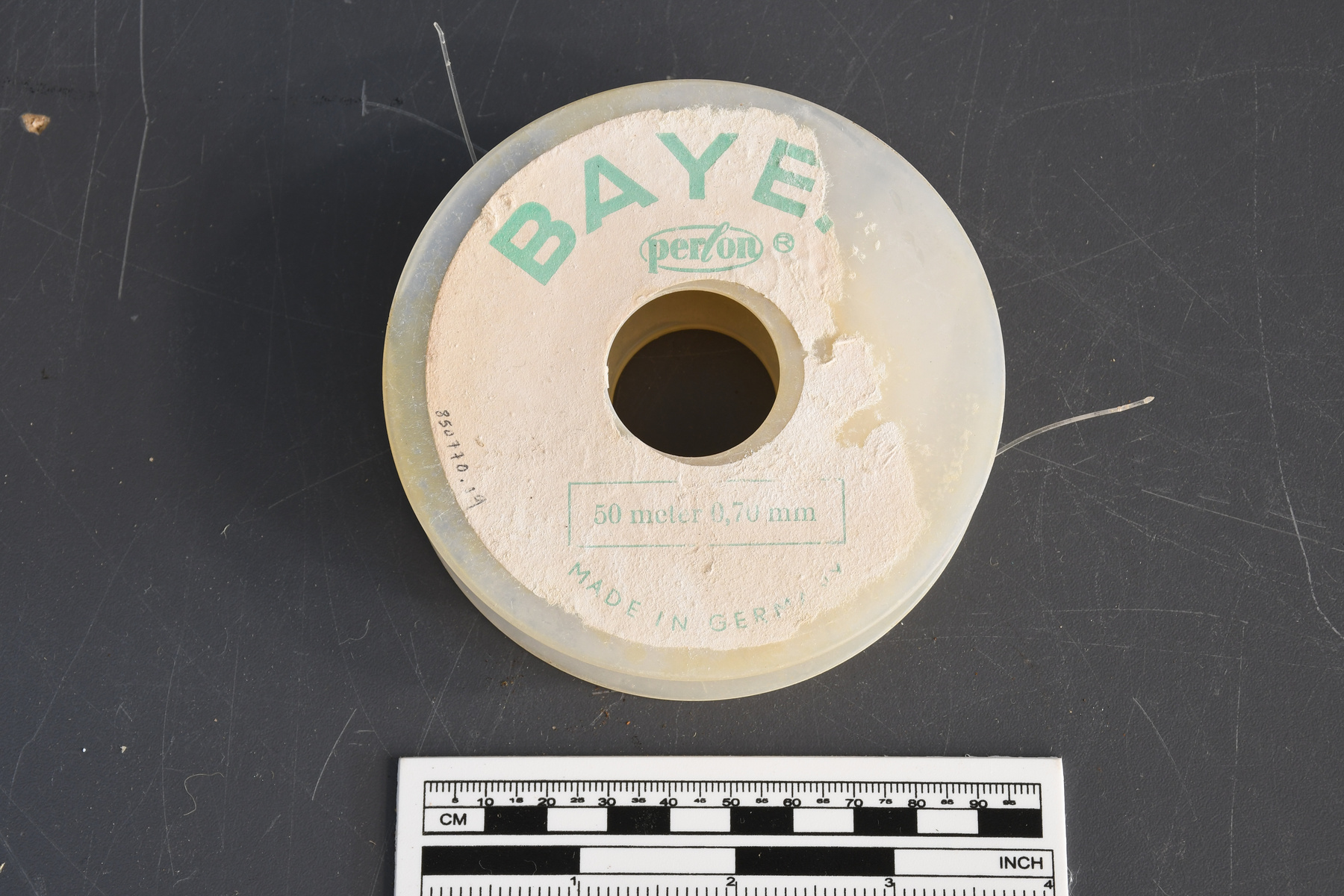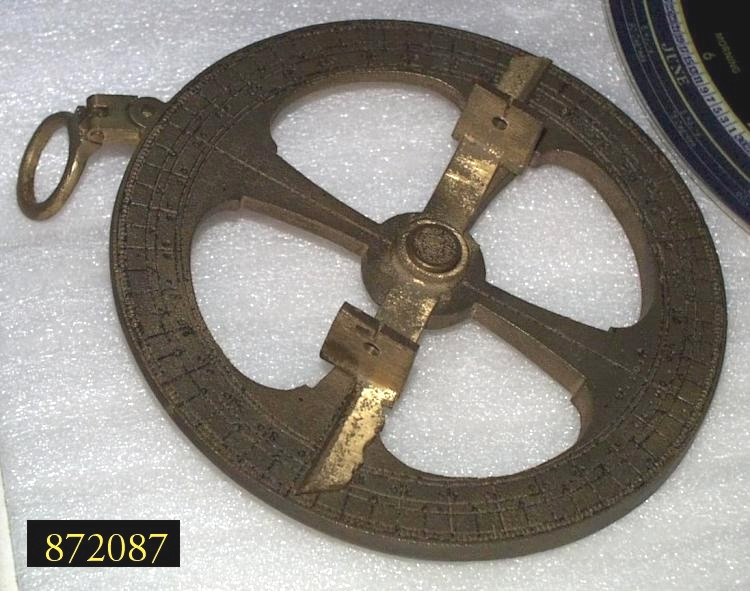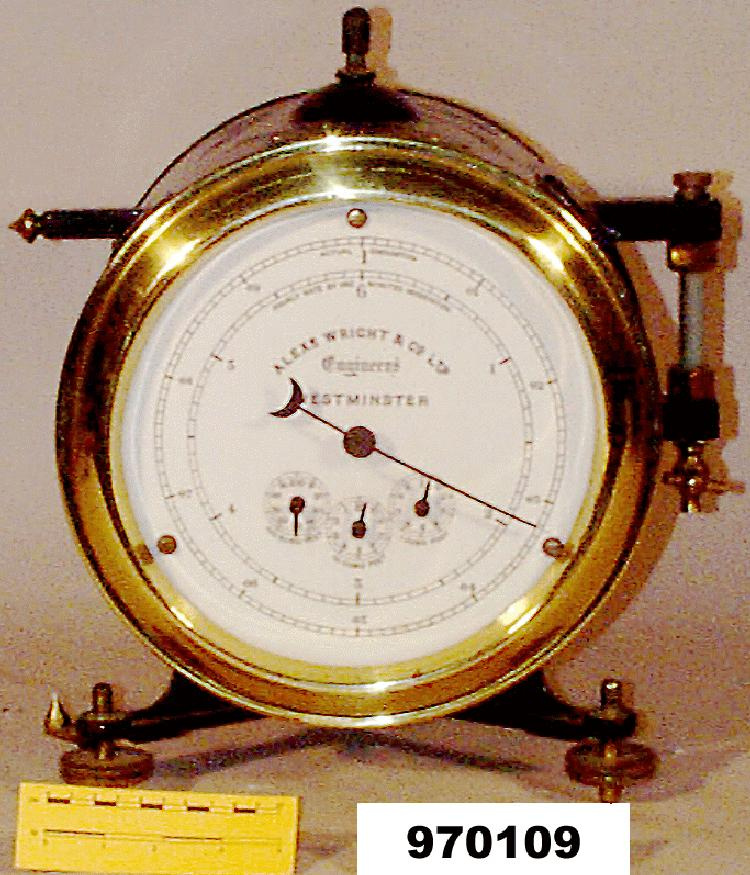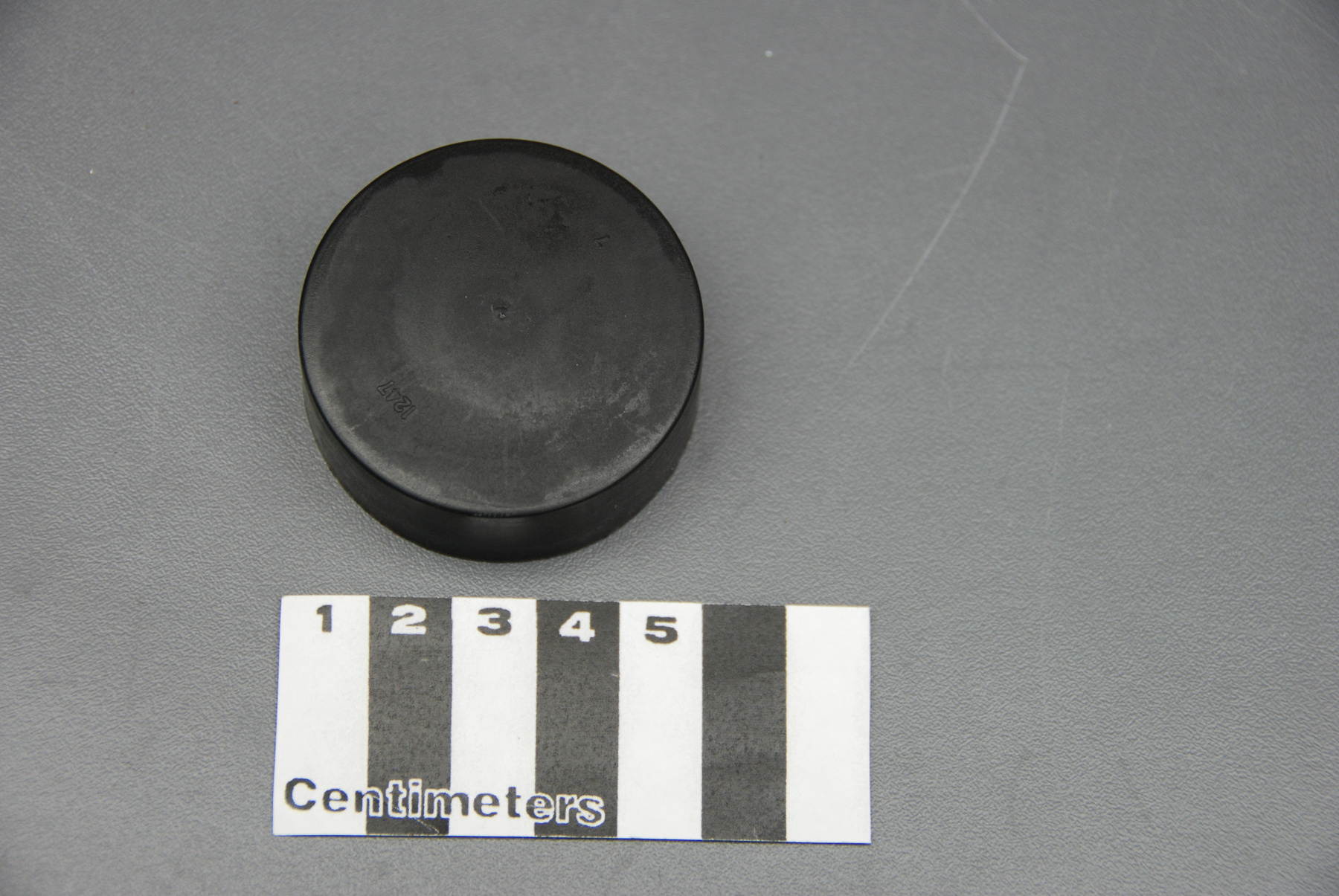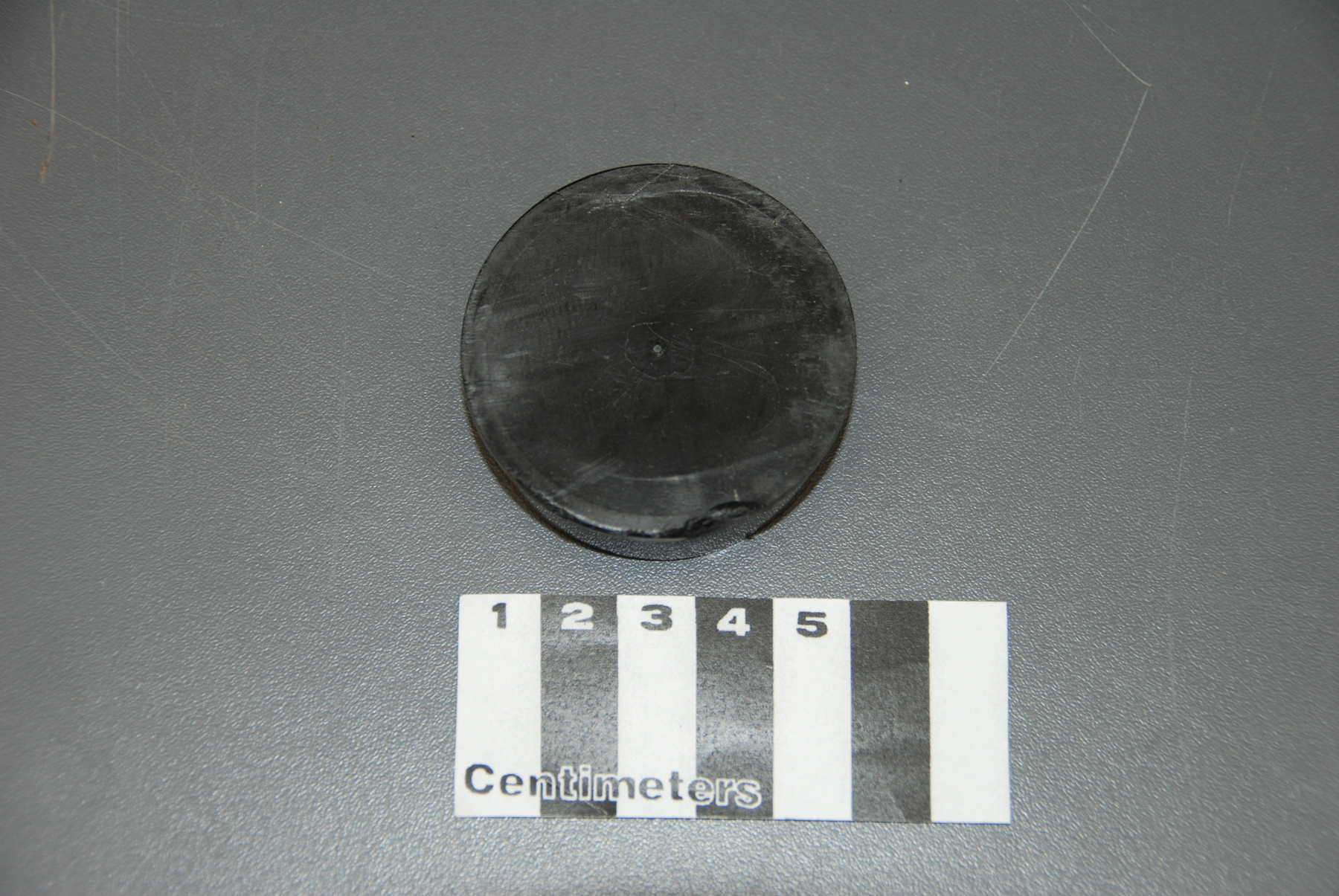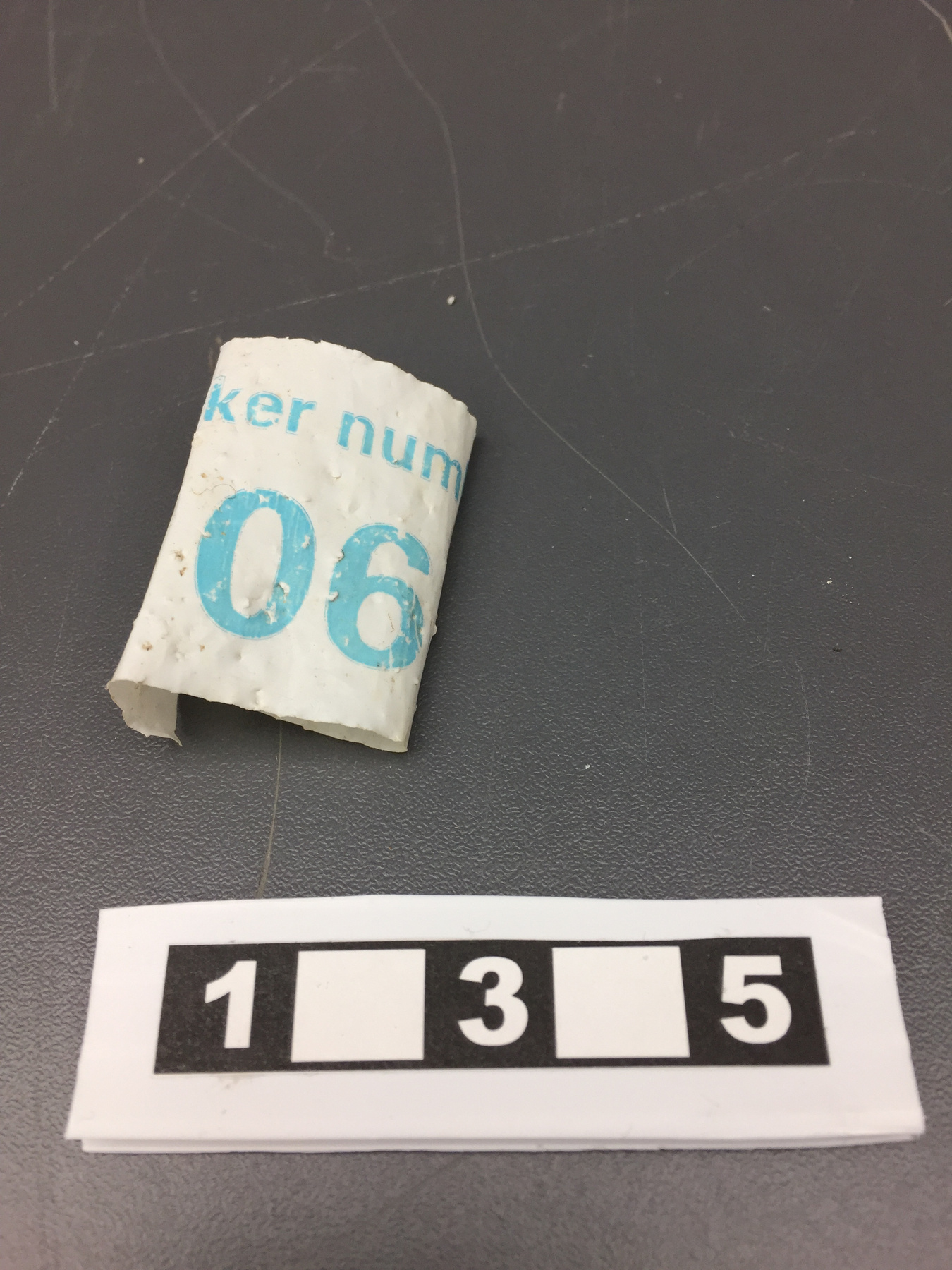Déchets
Utiliser cette image
Puis-je réutiliser cette image sans autorisation? Oui
Les images sur le portail de la collection d’Ingenium ont la licence Creative Commons suivante :
Copyright Ingenium / CC BY-NC-ND (Attribution-NonCommercial 4.0 International (CC BY-NC 4.0)
ATTRIBUER CETTE IMAGE
Ingenium,
2016.0152.006
Permalien:
Ingenium diffuse cette image sous le cadre de licence Creative Commons et encourage son téléchargement et sa réutilisation à des fins non commerciales. Veuillez mentionner Ingenium et citer le numéro de l’artefact.
TÉLÉCHARGER L’IMAGEACHETER CETTE IMAGE
Cette image peut être utilisée gratuitement pour des fins non commerciales.
Pour un usage commercial, veuillez consulter nos frais de reproduction et communiquer avec nous pour acheter l’image.
- TYPE D’OBJET
- ocean garbage/fragments
- DATE
- 1990–2015
- NUMÉRO DE L’ARTEFACT
- 2016.0152.006
- FABRICANT
- Inconnu
- MODÈLE
- Phippsoya 80[degrees] 43 N / 020[degrees] 47’ E
- EMPLACEMENT
- Inconnu
Plus d’information
Renseignements généraux
- Nº de série
- S/O
- Nº de partie
- 6
- Nombre total de parties
- 6
- Ou
- S/O
- Brevets
- S/O
- Description générale
- Synthetic
Dimensions
Remarque : Cette information reflète la taille générale pour l’entreposage et ne représente pas nécessairement les véritables dimensions de l’objet.
- Longueur
- S/O
- Largeur
- S/O
- Hauteur
- S/O
- Épaisseur
- S/O
- Poids
- S/O
- Diamètre
- S/O
- Volume
- S/O
Lexique
- Groupe
- Météorologie
- Catégorie
- Divers
- Sous-catégorie
- S/O
Fabricant
- Ou
- Inconnu
- Pays
- Inconnu
- État/province
- Inconnu
- Ville
- Inconnu
Contexte
- Pays
- Inconnu
- État/province
- Inconnu
- Période
- 1990’s presumably - 2016
- Canada
-
Taken from acquisition worksheet: Led by Canadian researcher, humanitarian and activist Carol Devine, Clean Up Svalbard 2015 was a civilian cleanup operation by 118 volunteers from 18 countries, tour company Oceanwide Expeditions, and in collaboration with the Governor of Svalbard. This citizen cleanup operation and the physical evidence collected speaks to the changes needed in personal, community and industrial behaviors and the importance of regulations to use less and produce more recyclable and biodegradable products. While this operation was centered on the Svalbard Archipelago, the accumulation, circulation, and travel of ocean garbage, mostly macro and micro plastics has become a global problem and concern, especially in remote and environmentally sensitive marine ecosystems. Much is yet to learn about the impact of plastics on marine life, and the effects on the fisheries of circumpolar nations such as Canada (see map at left the Beaufort Gyre, Davis Strait and Ungava Bay), but also in the remote location of the deep sea where evidence of microplastics has been found inside hermit crabs, squat lobsters and sea cucumbers, at depths of between 980 and 6,000 feet (300-1,800 meters)’. Source: http://www.aquamess.org/#/gipfel/ “The volunteers were nature, travel and Arctic enthusiasts, adventurers and more - they included a British marine biologist, a Mexican environmentalist, a retired French editor, a Norwegian social documentary maker, an Israeli professor who lived in the Amazon rainforest studying natural medicines and a 13-year old Dutch boy with his nature journalist father. Many clearly have (a good) polar fever and environmental concerns.” Source: Carol Devine obtained her B.A. from McGill University and a Master of Science from the University of London, UK. She is a writer, researcher and speaker, humanitarian, activist and emerging public intellectual. Her memberships include the Association of Polar Early Career Scientists, the Humanities and Social Sciences Expert Group (HASSEG) of Scientific Committee on Antarctic Research, Linking Tourism & Conservation, and Society of Women Geographers. - Fonction
-
This collection of ocean garbage, mostly plastics, was collected between August 28 and September 1, 2015 speaks to the importance of regulations to use less and produce more recyclable and biodegradable products. It is the result of citizen cleanup operation Clean Up Svalbard 2015 collected from seas surrounding the Svalbard islands, Norway where oceans currents of trash enters its many fjords. - Technique
-
Taken from acquisition worksheet: A collection of discarded plastics that are entering the food chain and ocean systems, harmful to the environment and marine ecosystems, often suffocating or entrapping wildlife. Over the four-day operation, about 10 nautical miles of travel was covered, and over 13.5 cubic meters of garbage including 3.5 cubic meters of plastic nets was picked up. - Notes sur la région
-
Inconnu
Détails
- Marques
- Print reads "Packer Number/ 6".
- Manque
- S/O
- Fini
- Thin white sheet of synthetic with pale blue/ faded print.
- Décoration
- S/O
FAIRE RÉFÉRENCE À CET OBJET
Si vous souhaitez publier de l’information sur cet objet de collection, veuillez indiquer ce qui suit :
Fabricant inconnu, Déchets, vers 1990–2015, Numéro de l'artefact 2016.0152, Ingenium - Musées des sciences et de l'innovation du Canada, http://collection.ingeniumcanada.org/fr/item/2016.0152.006/
RÉTROACTION
Envoyer une question ou un commentaire sur cet artefact.
Plus comme ceci
